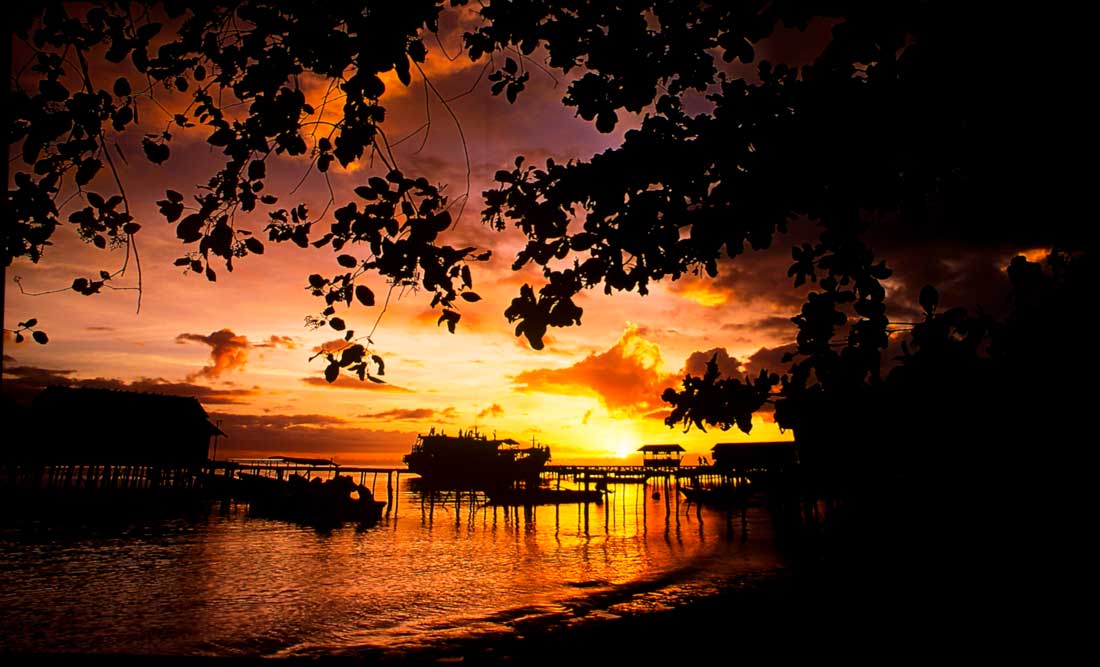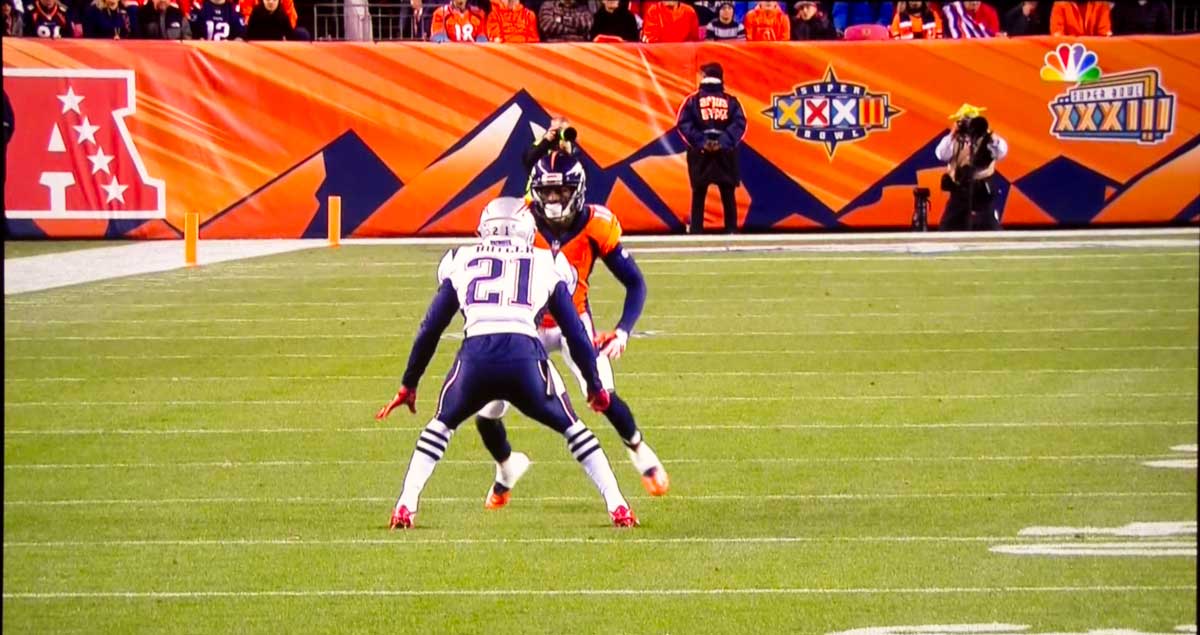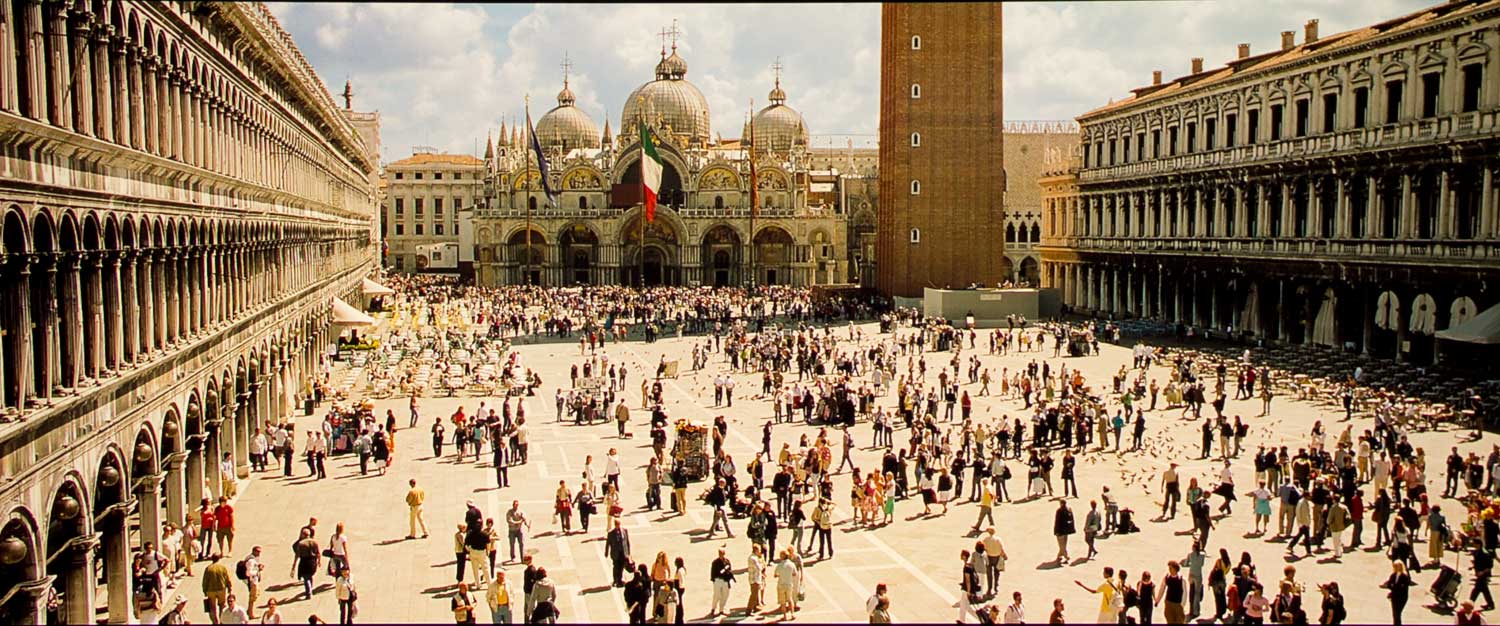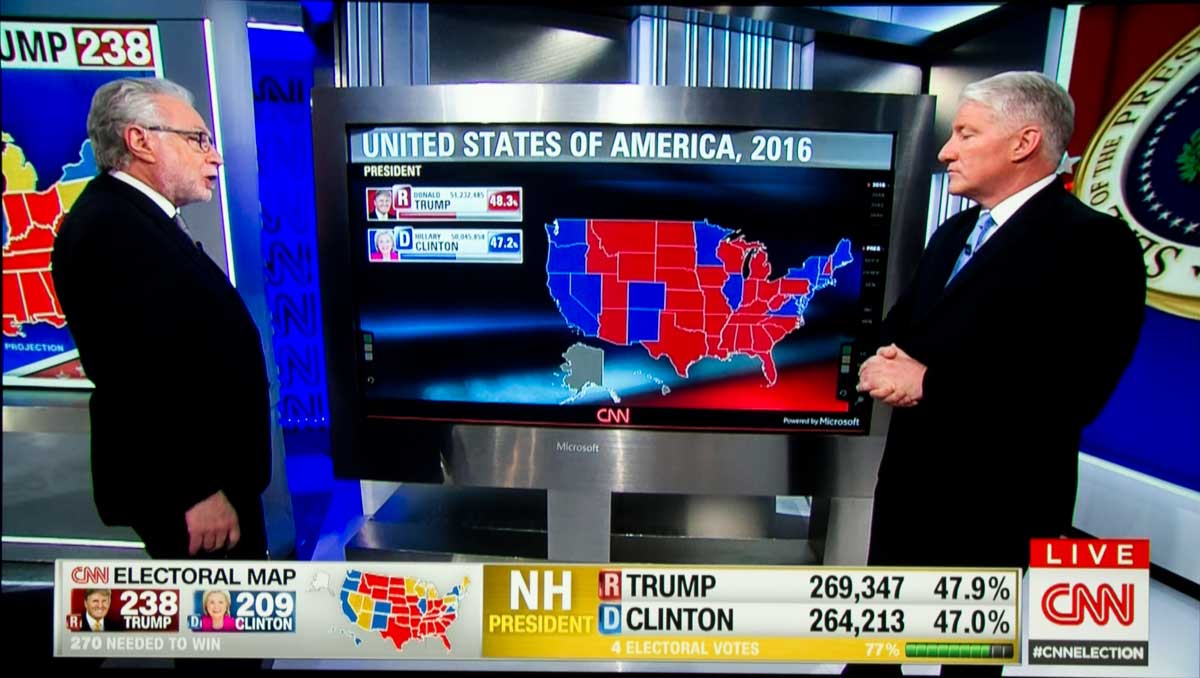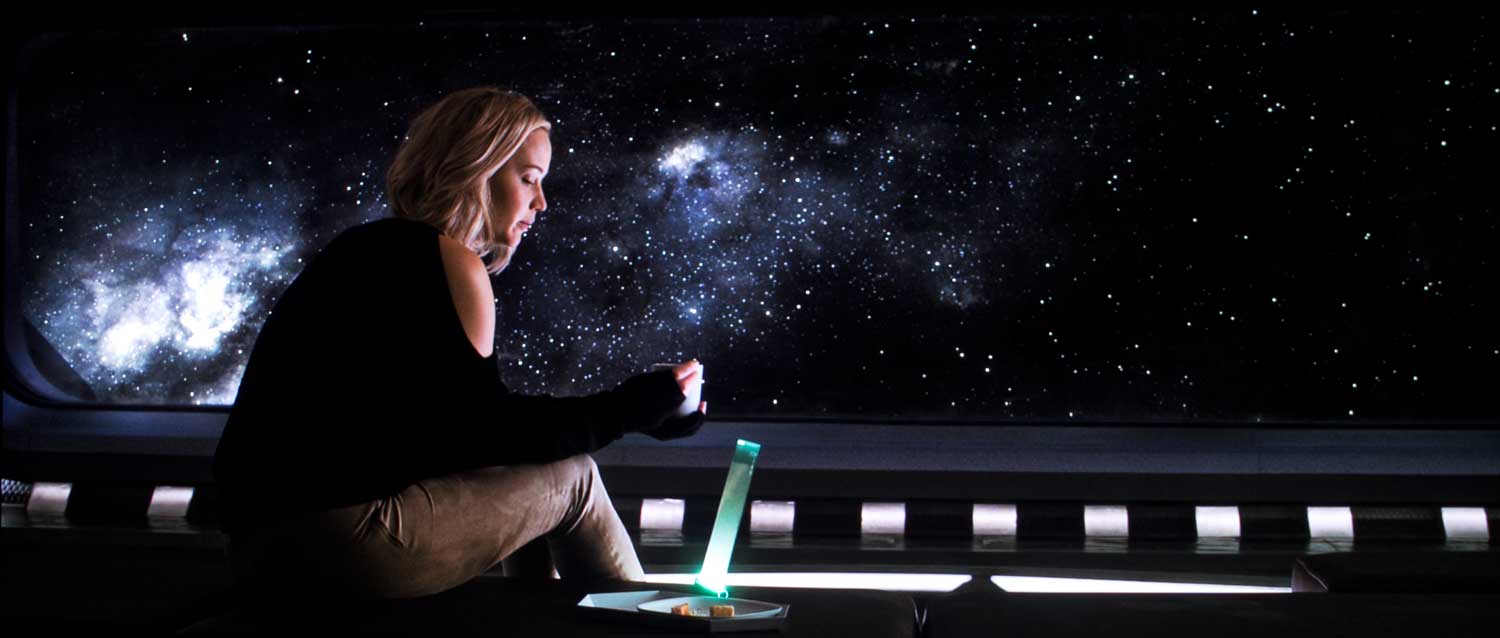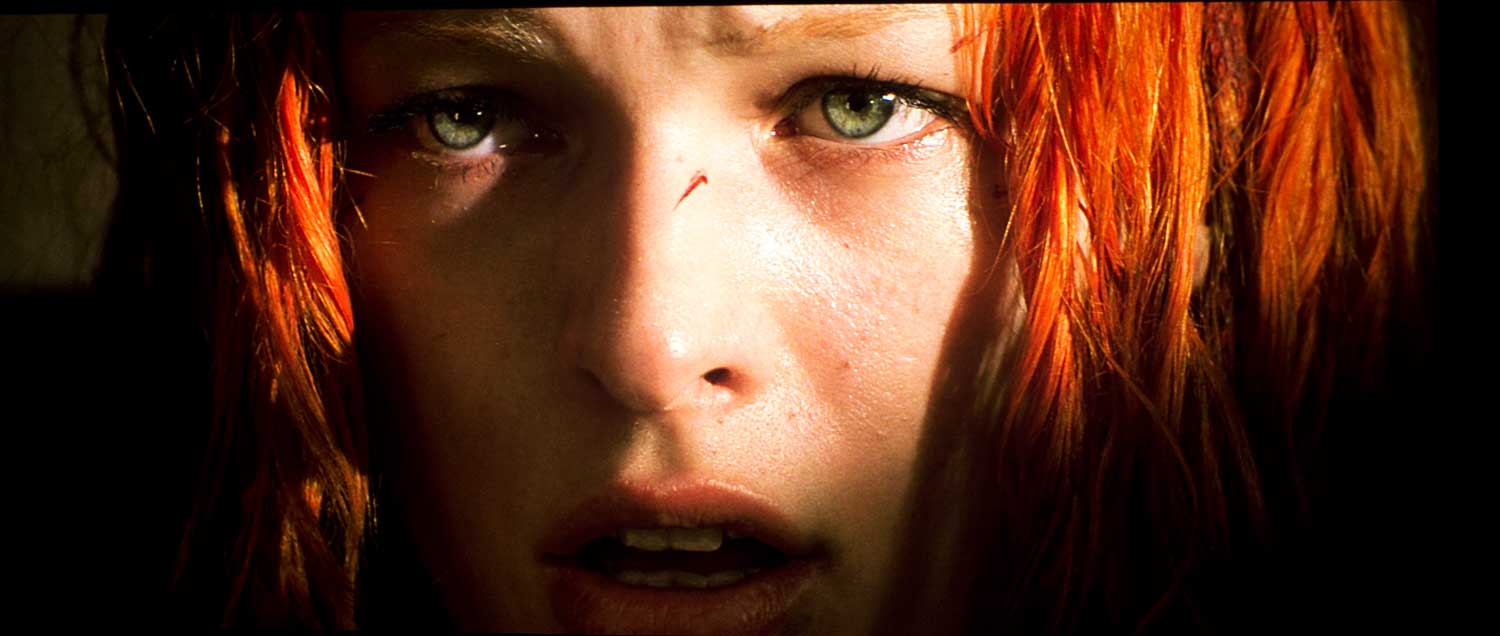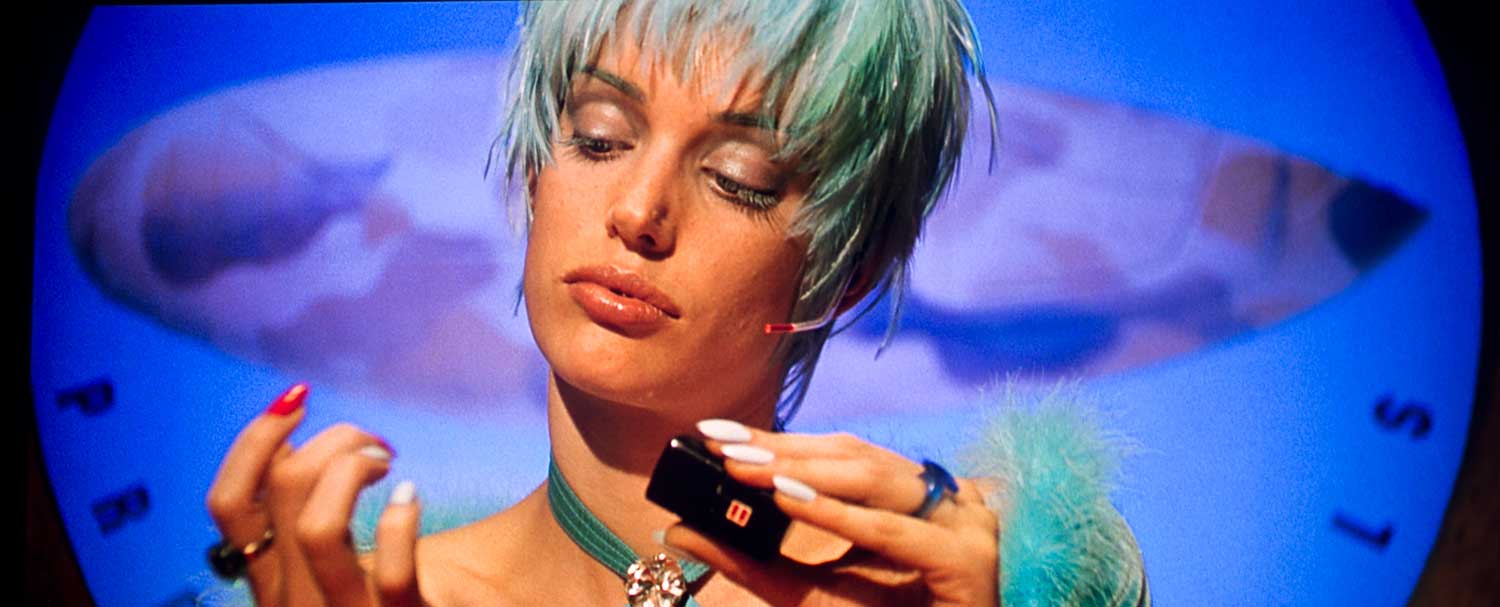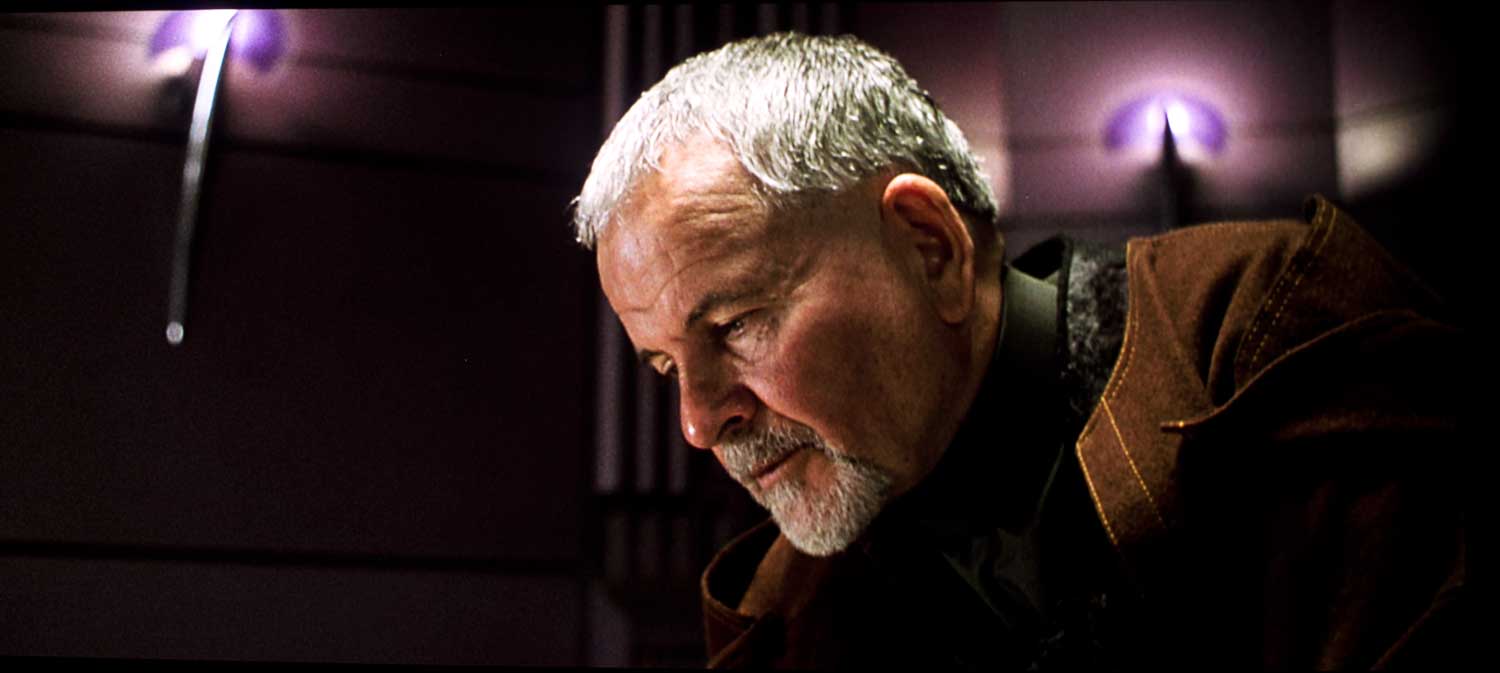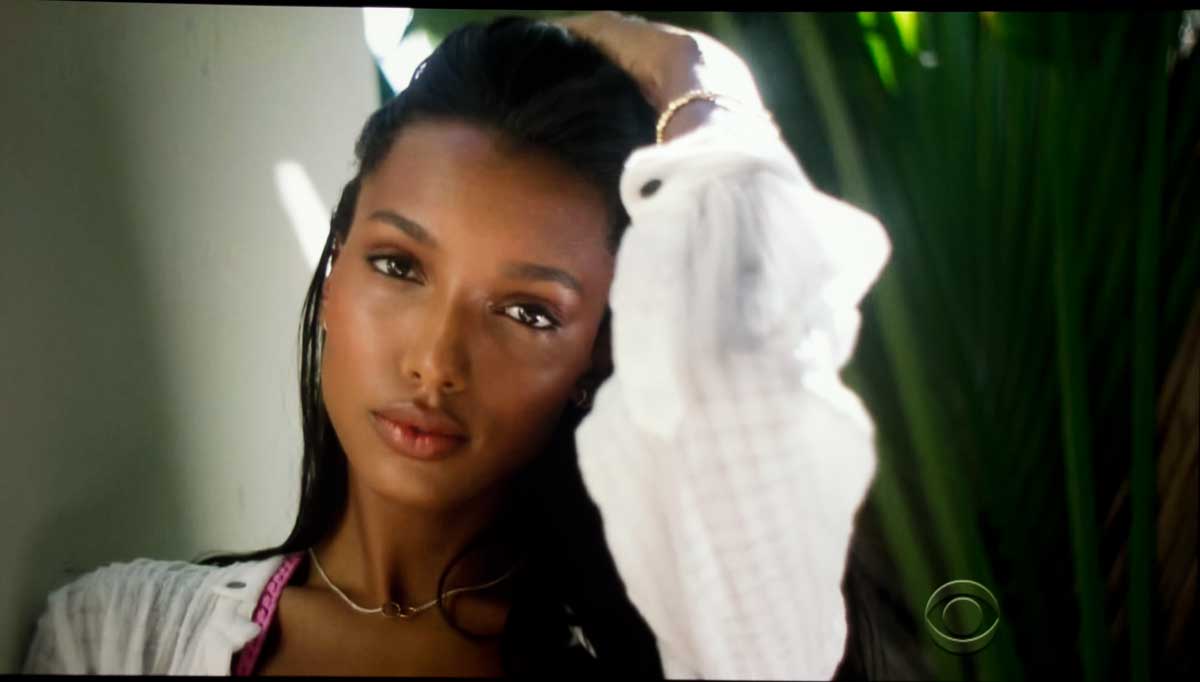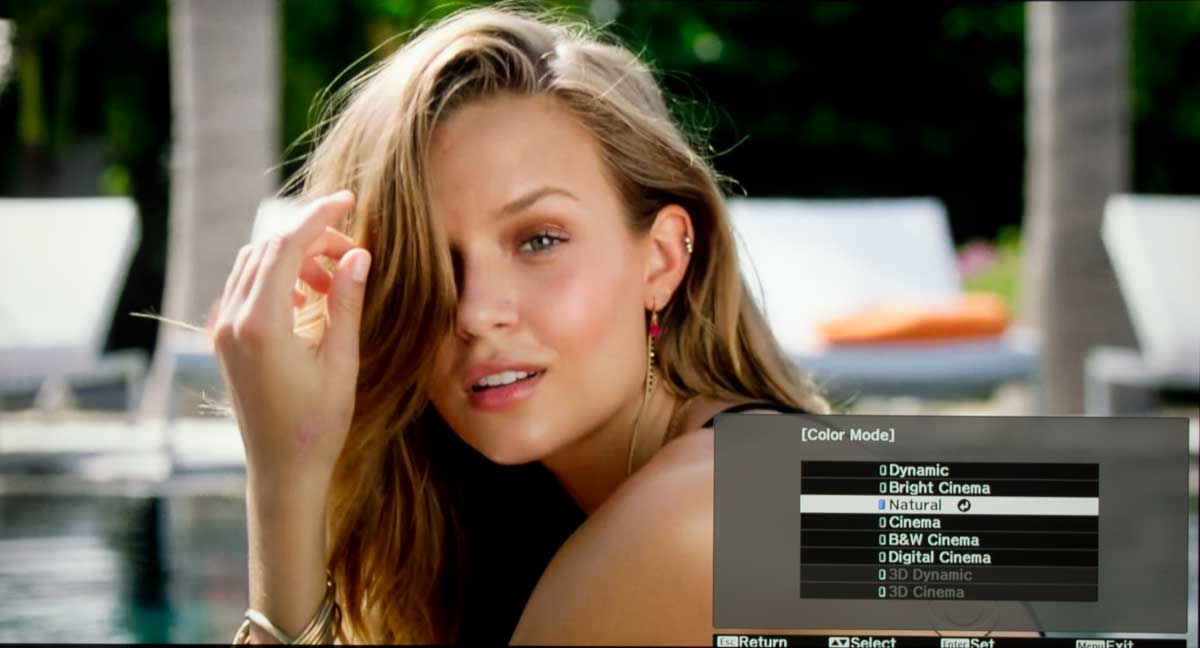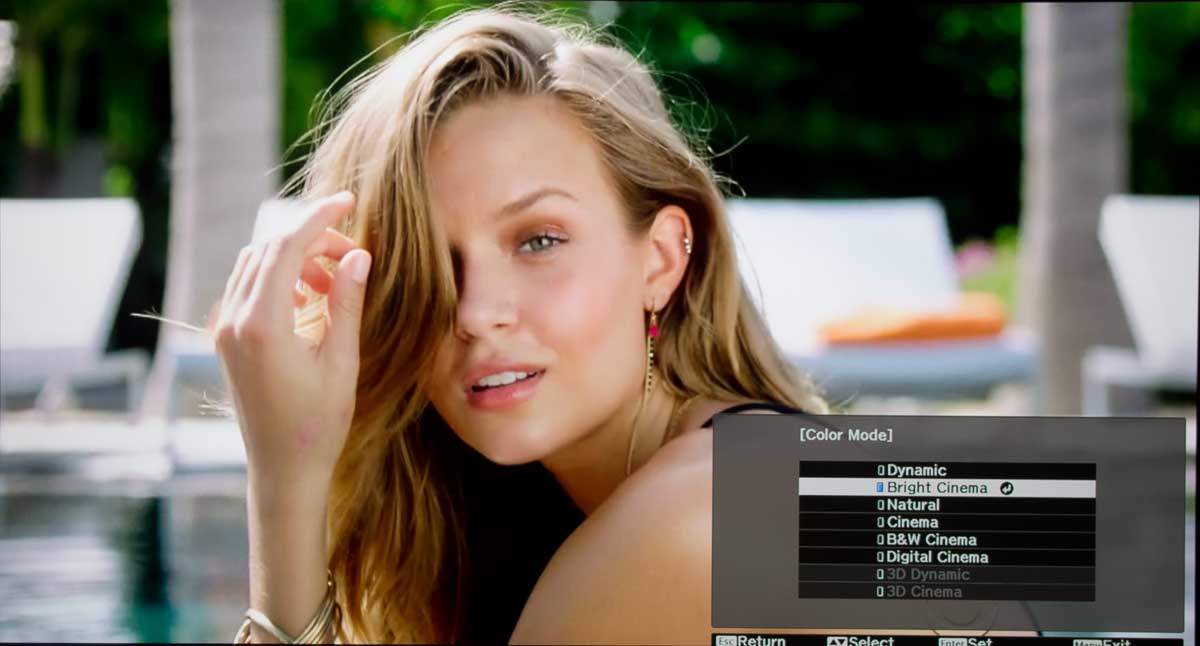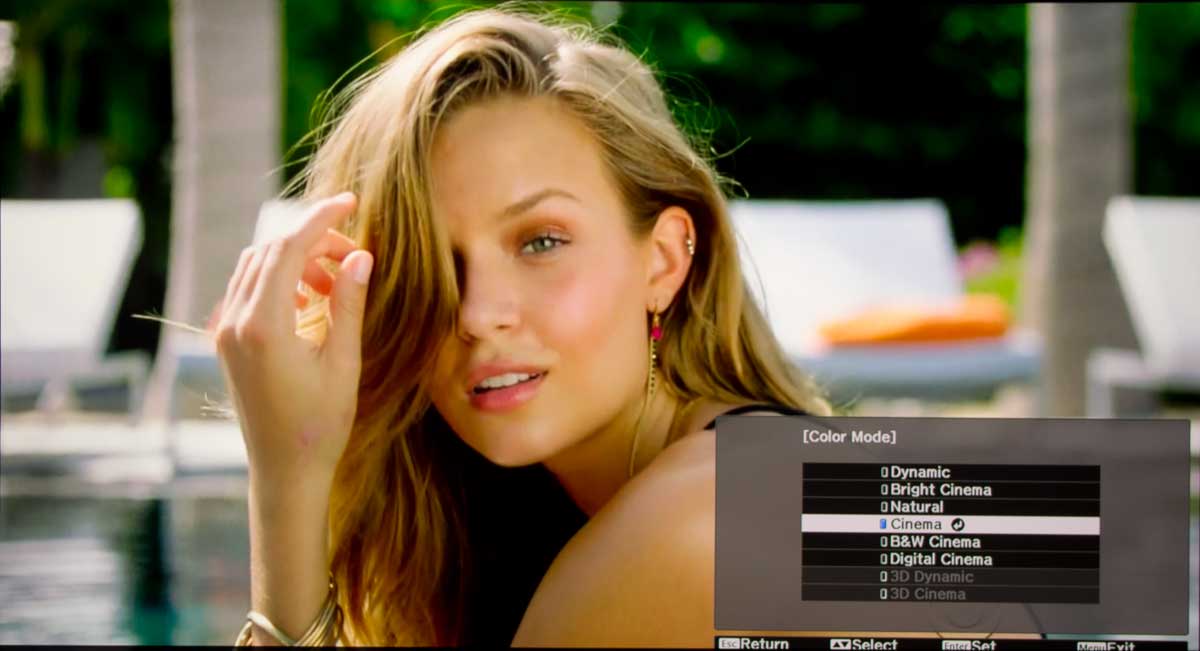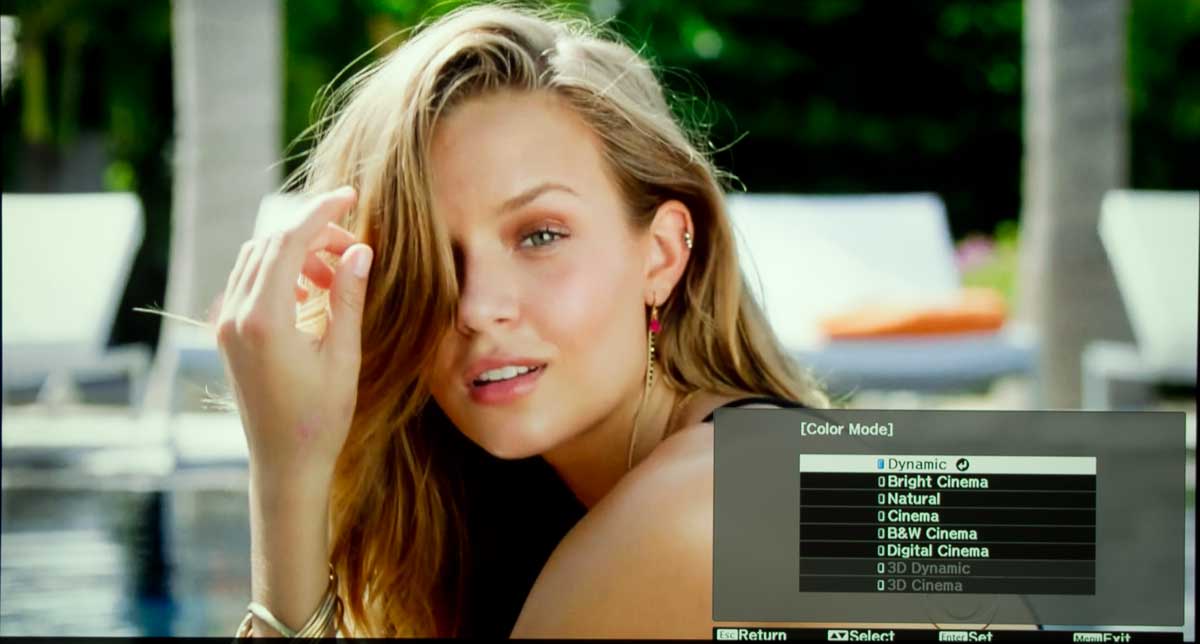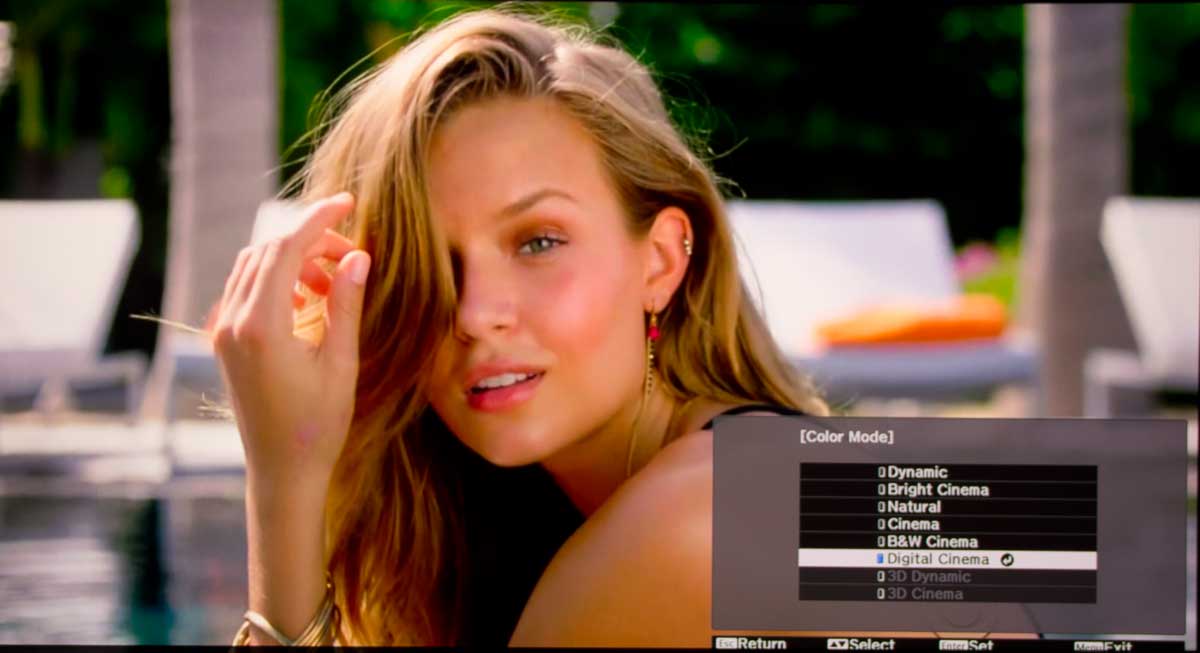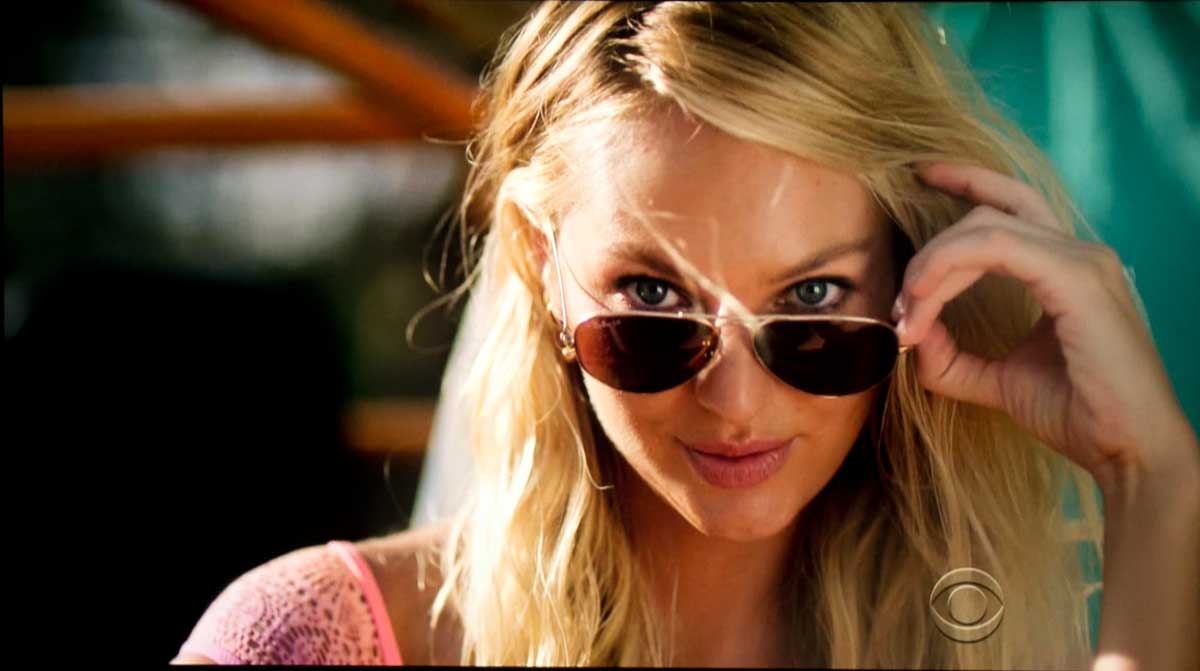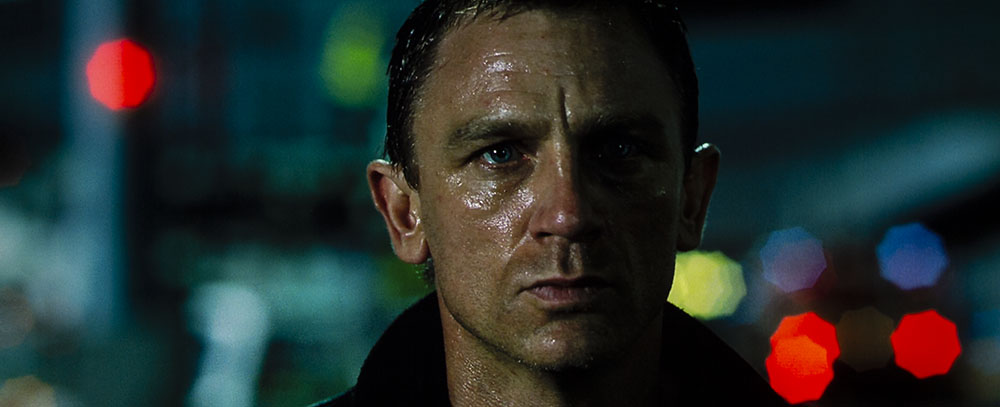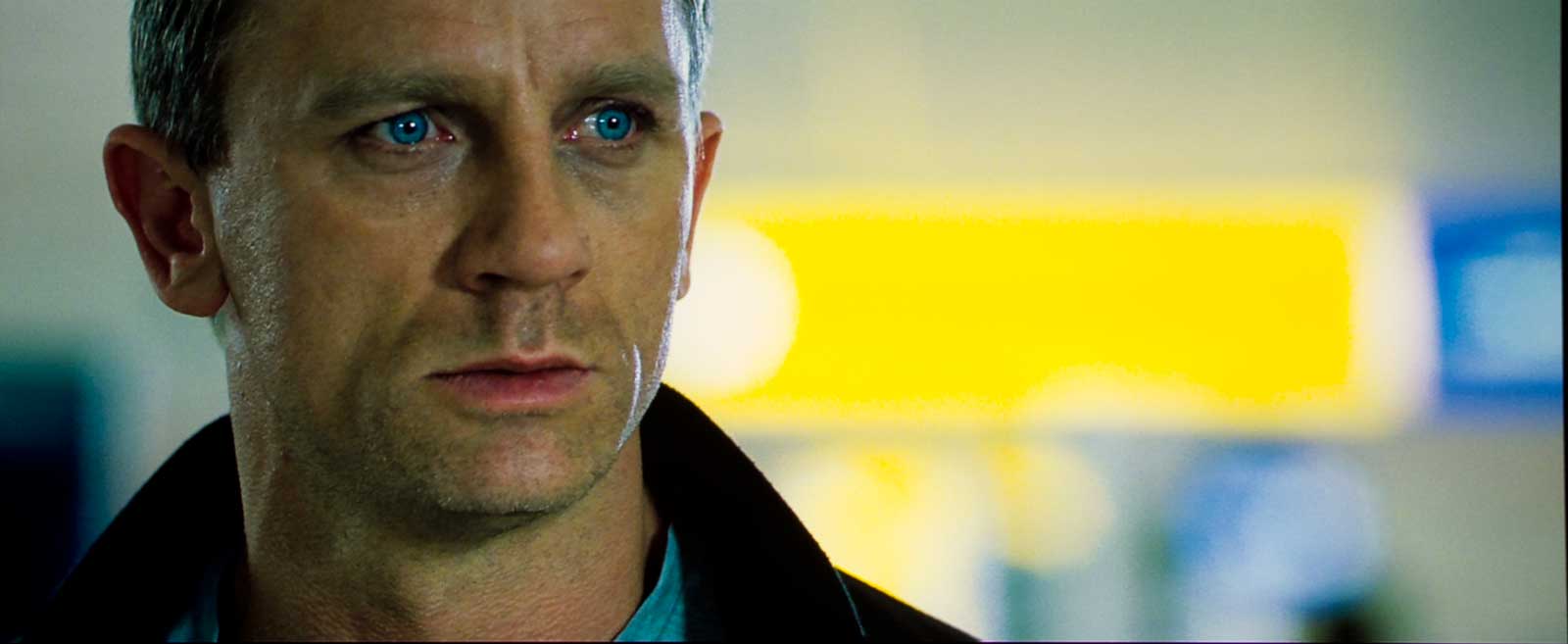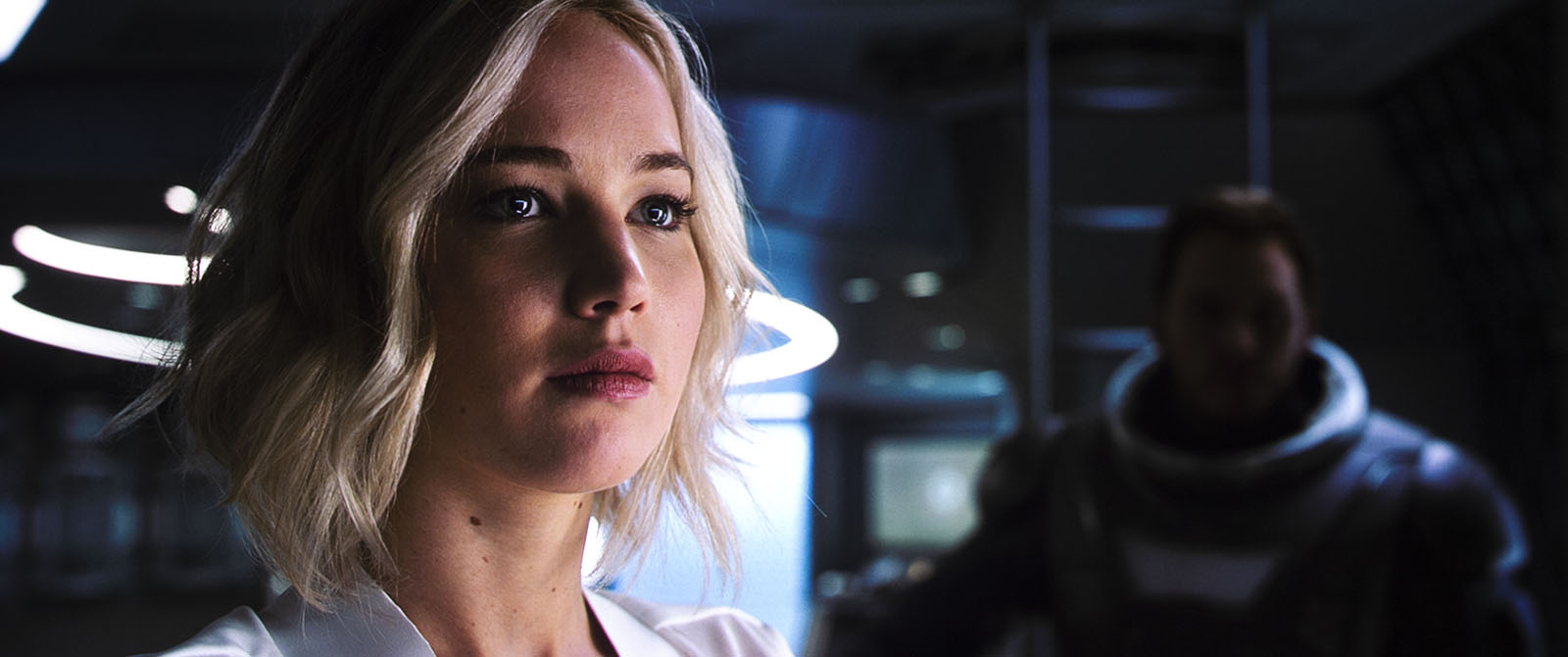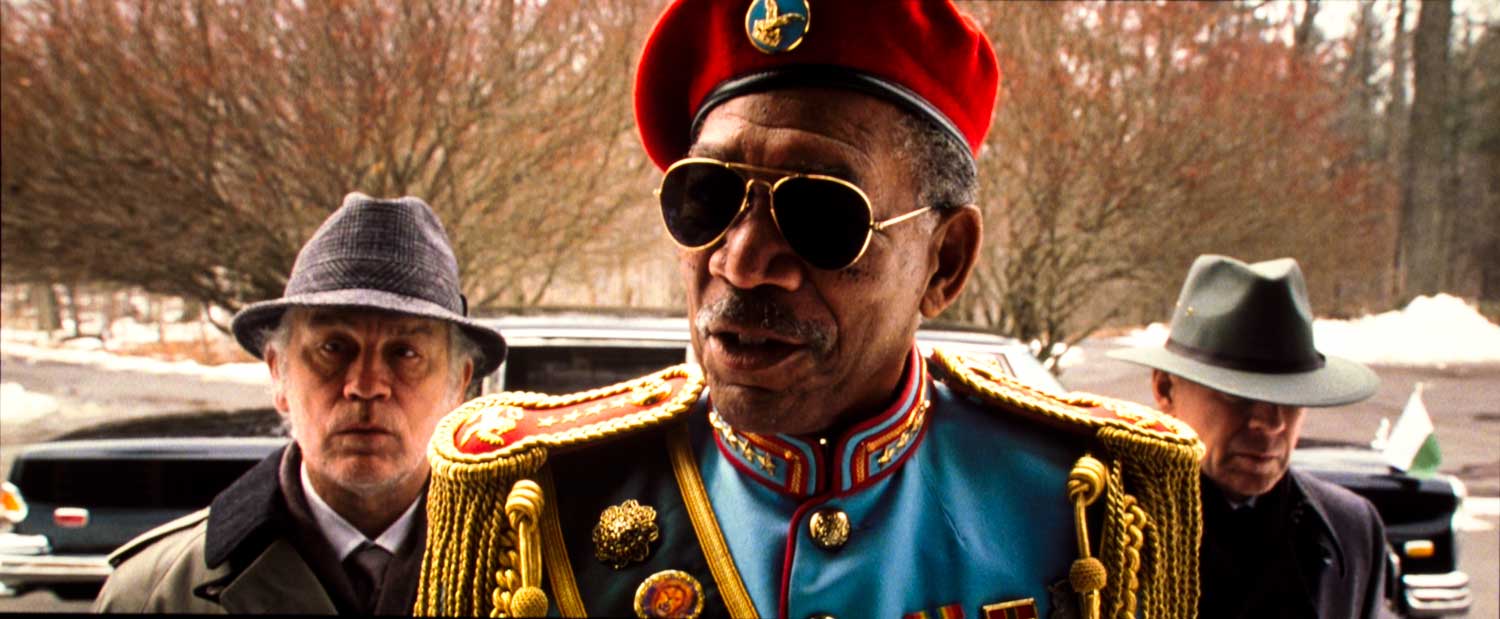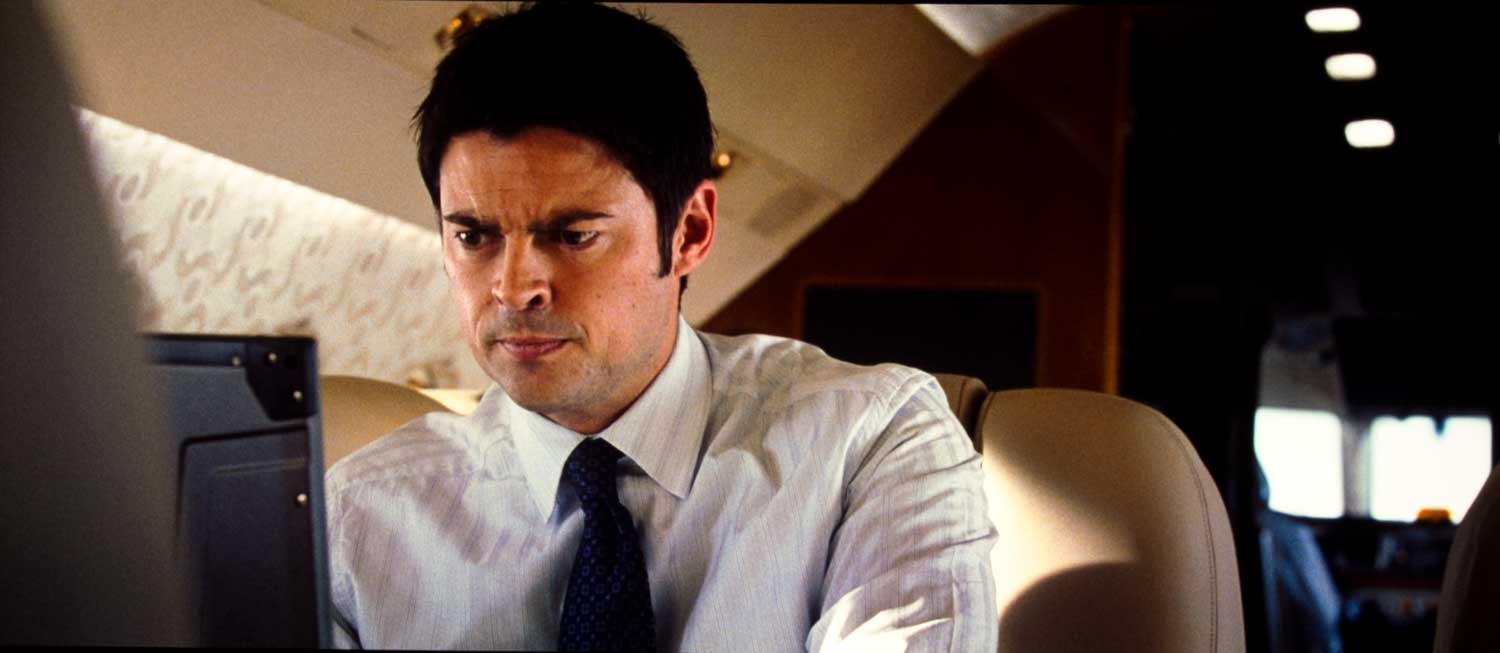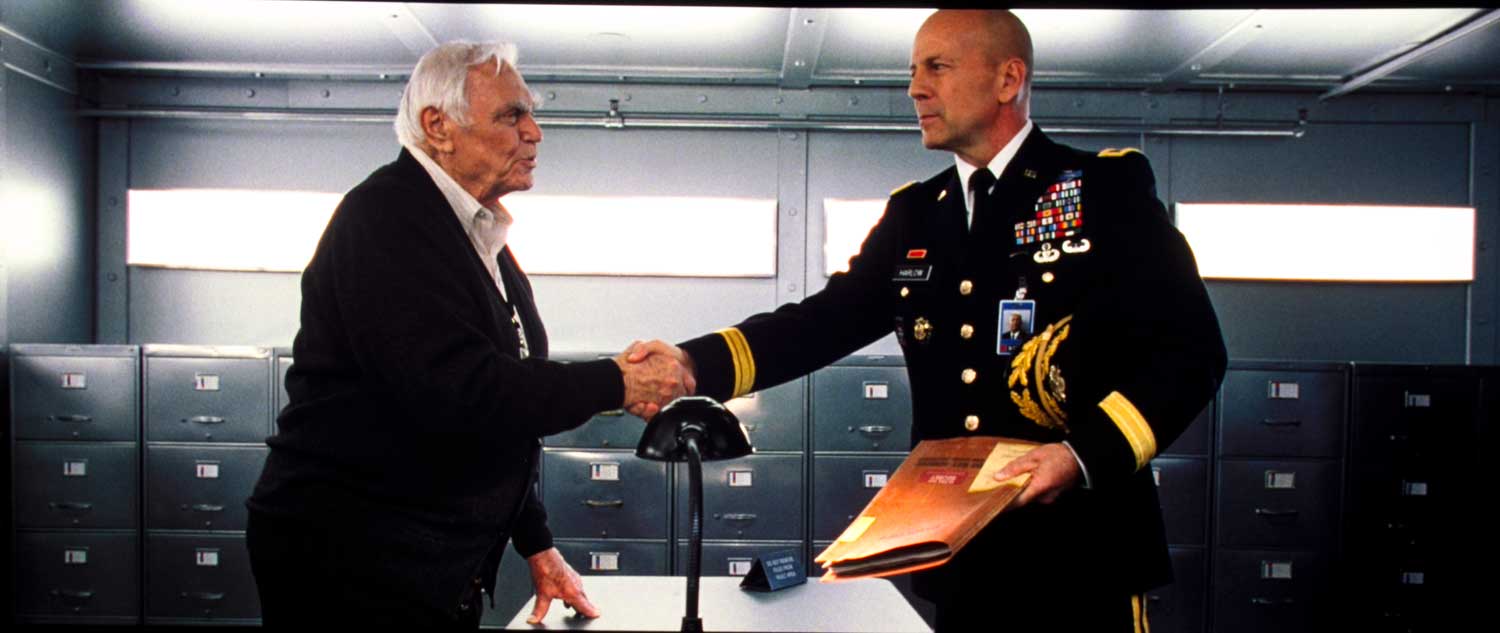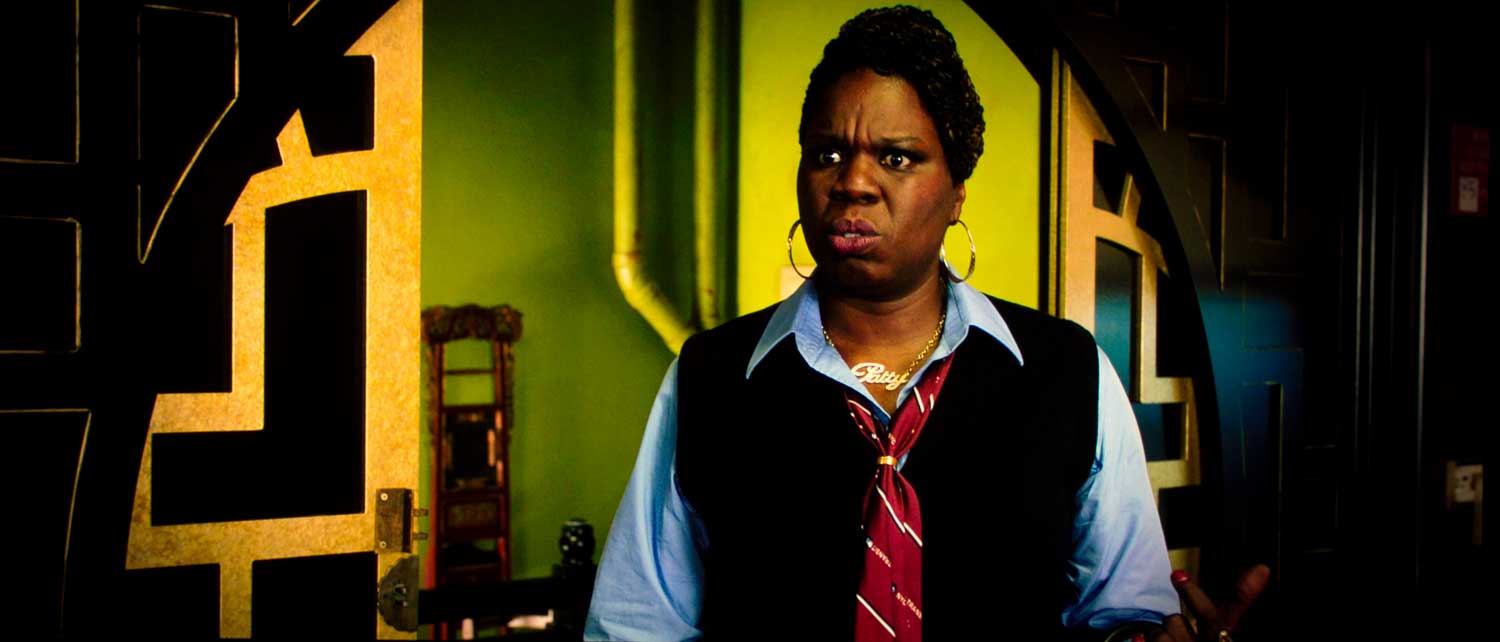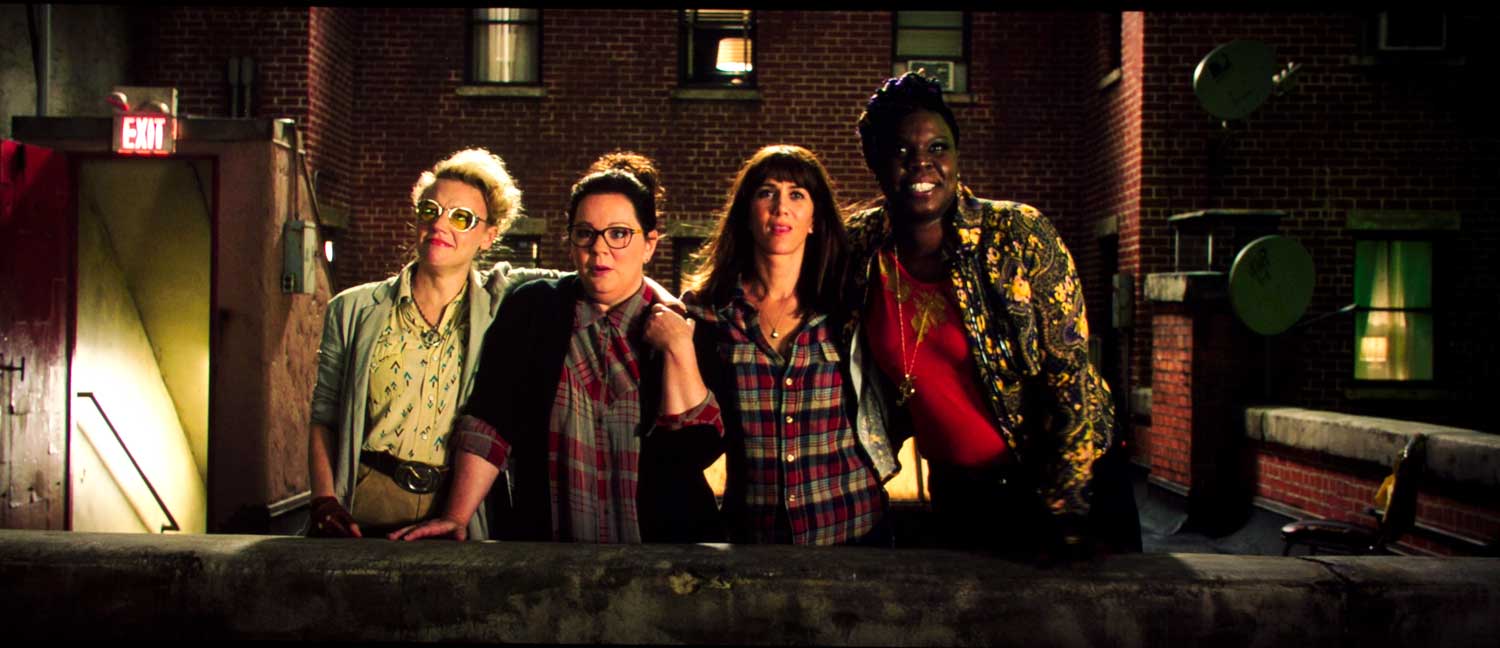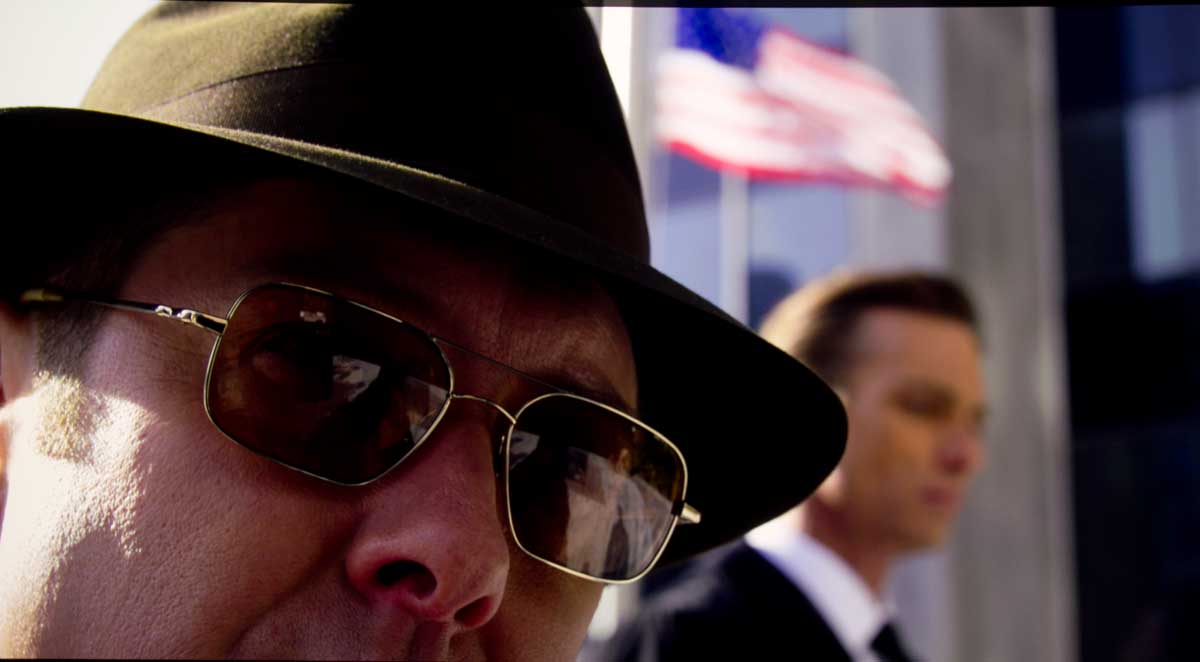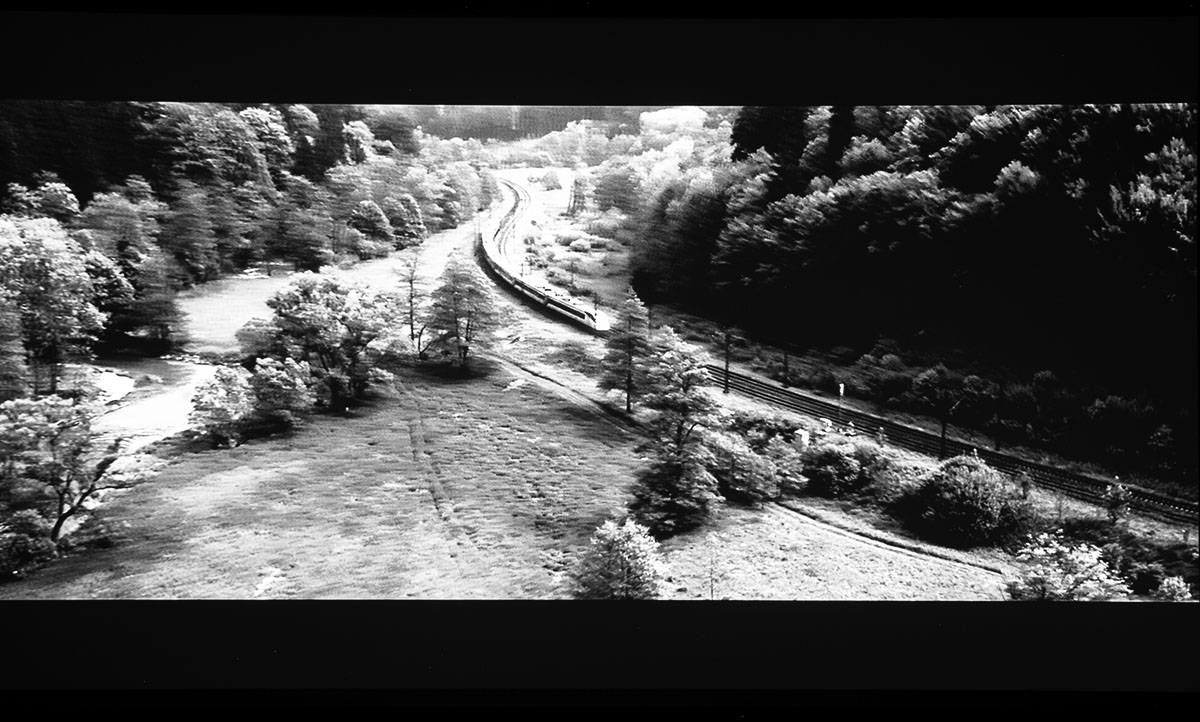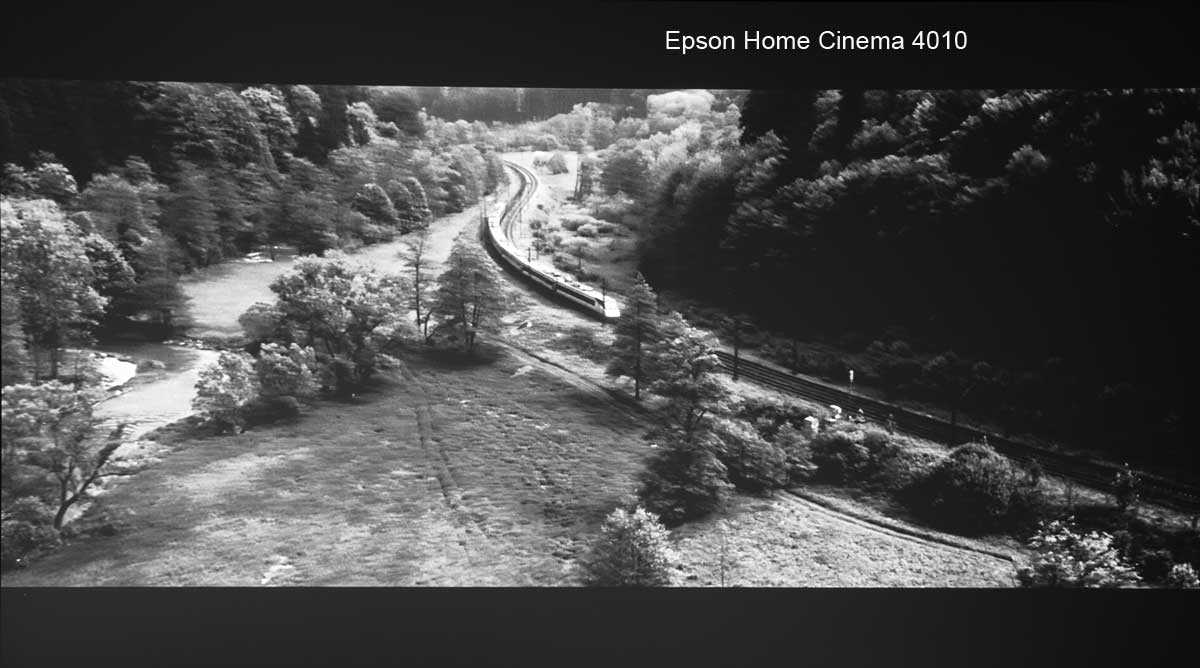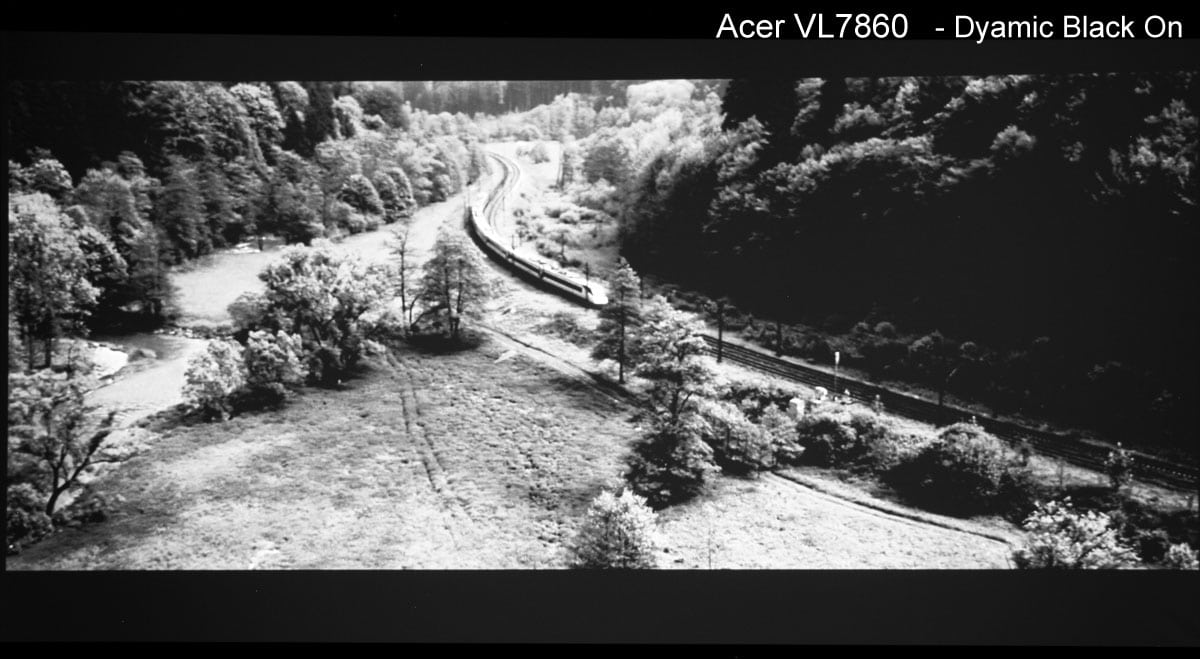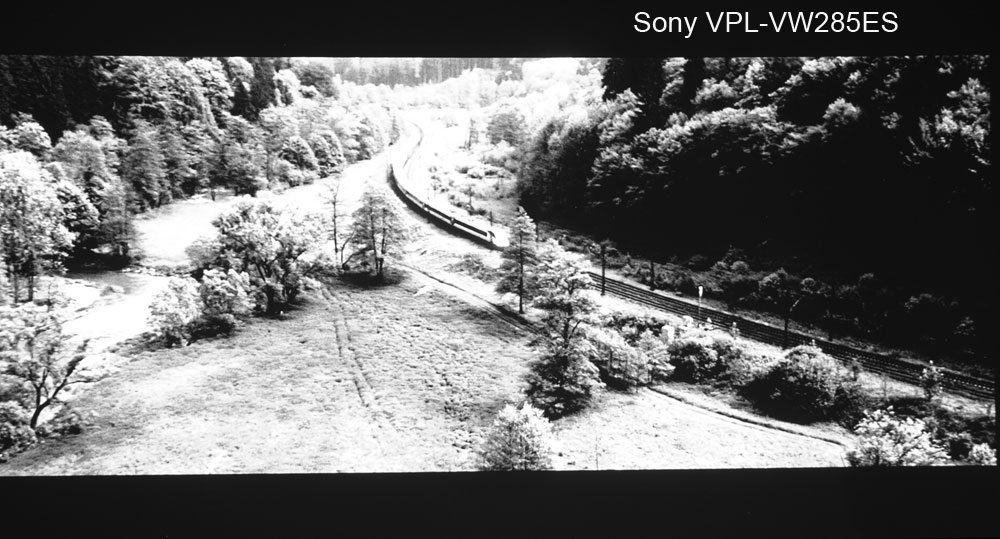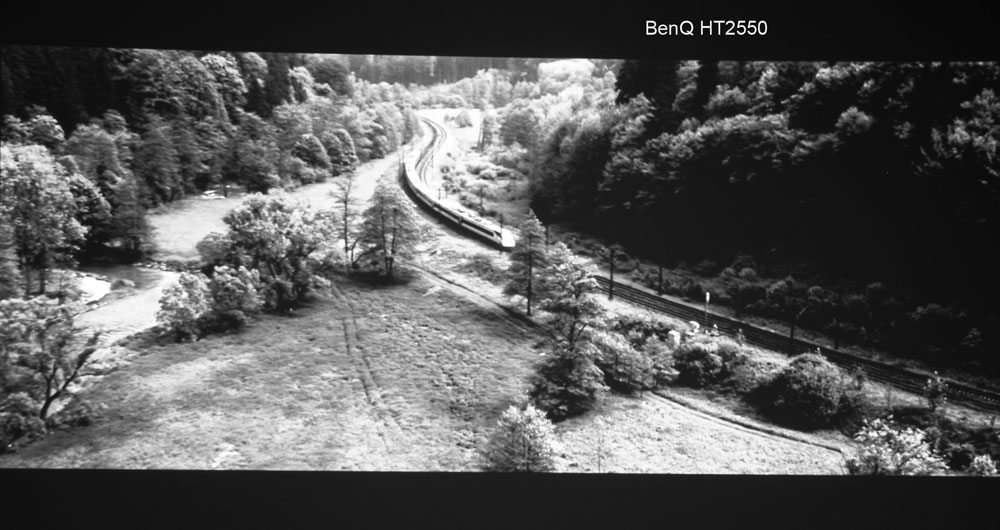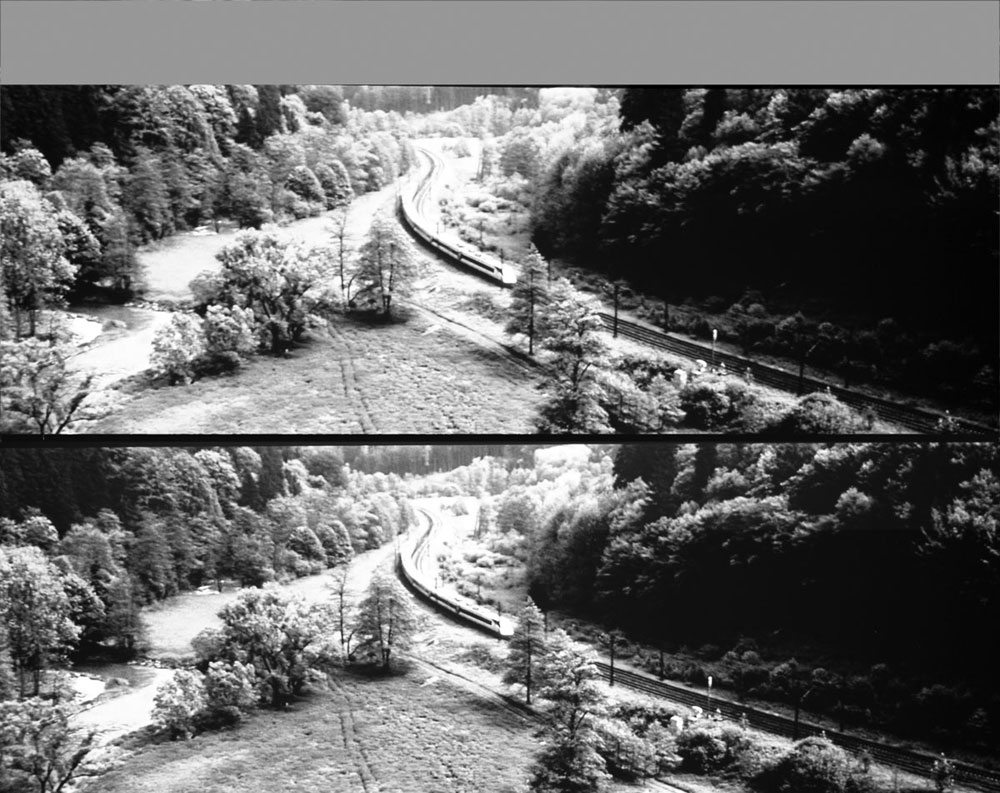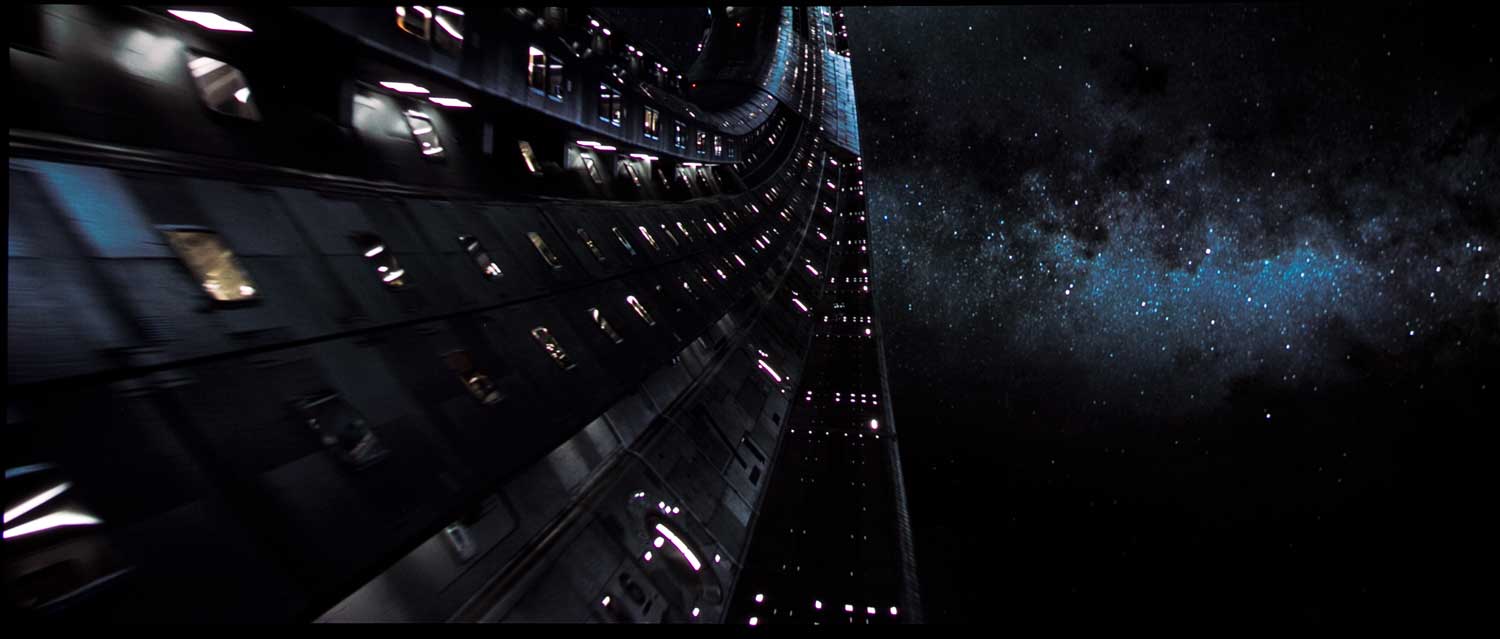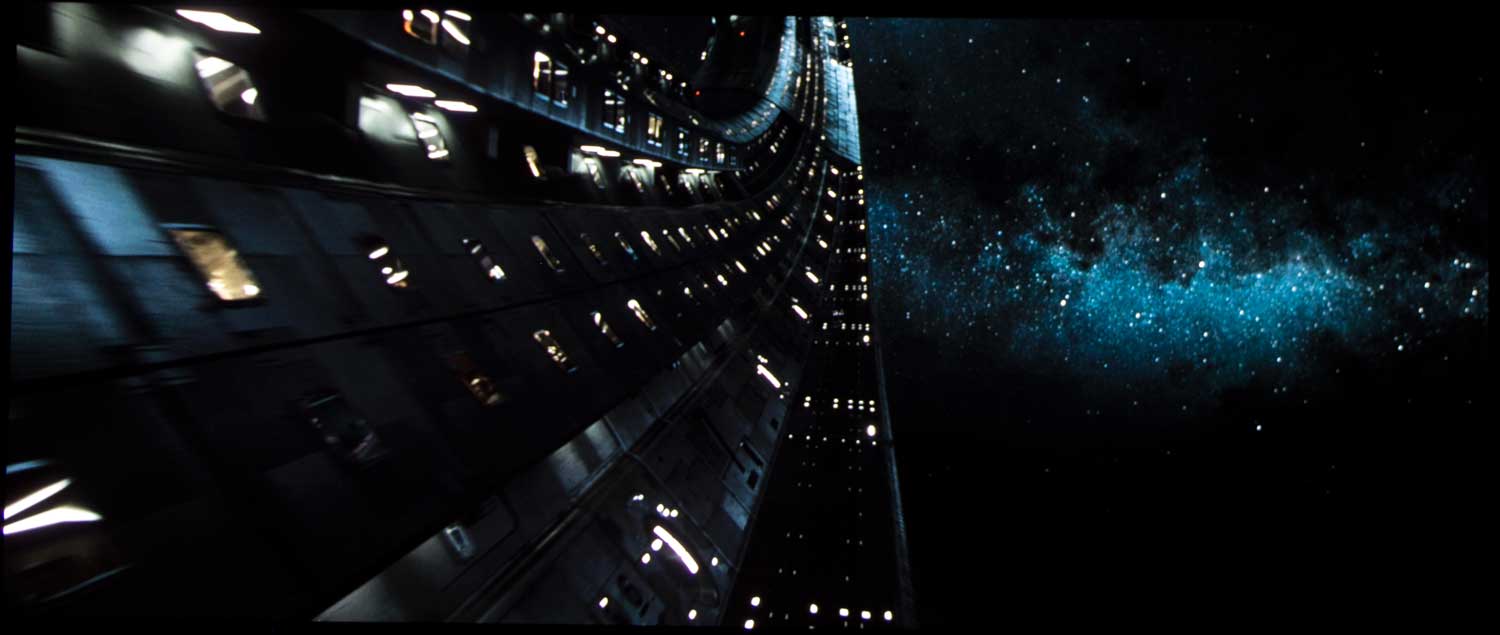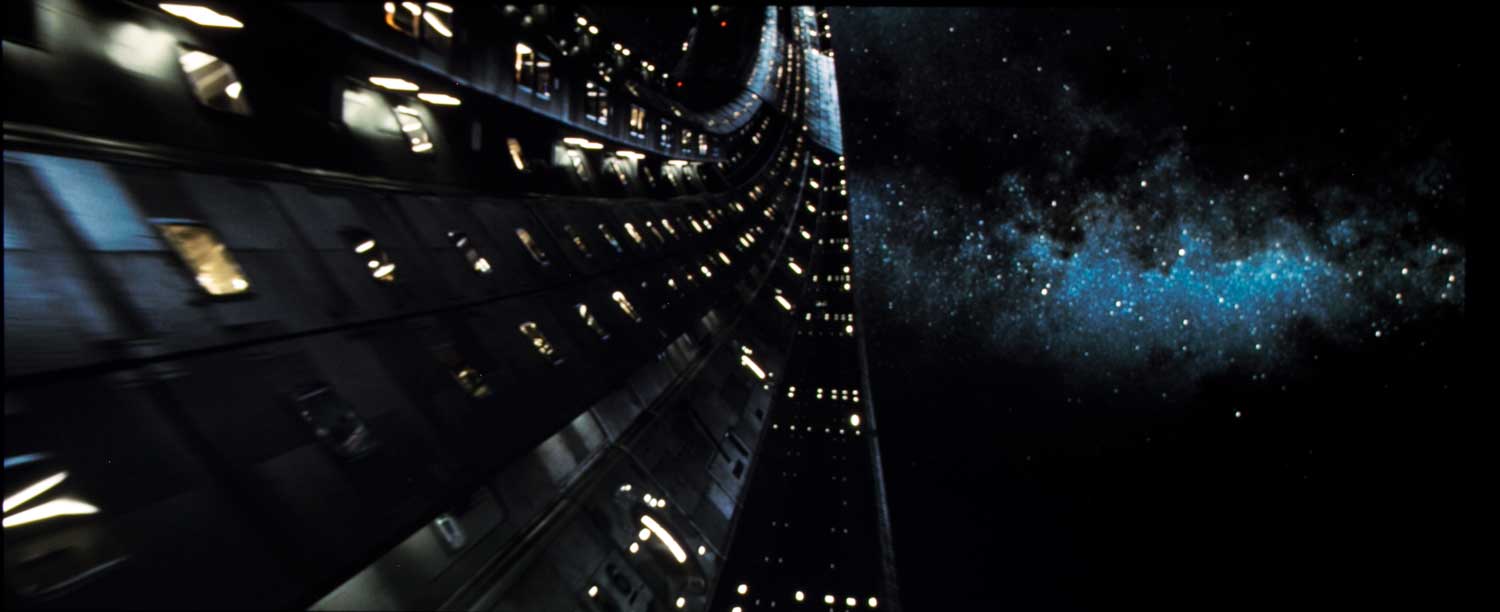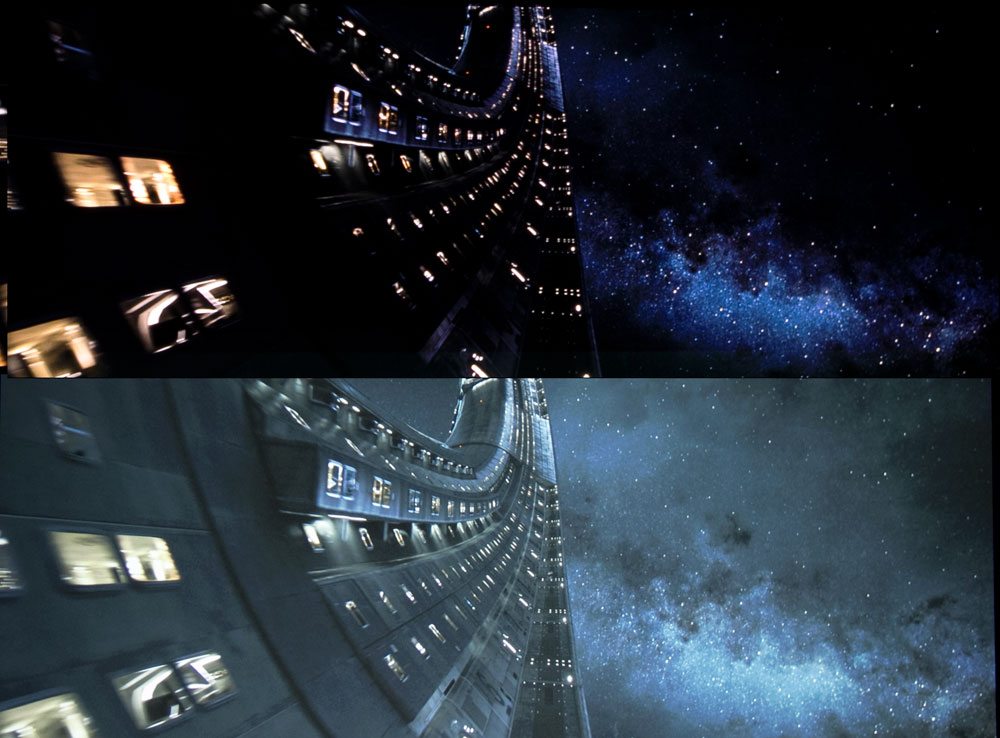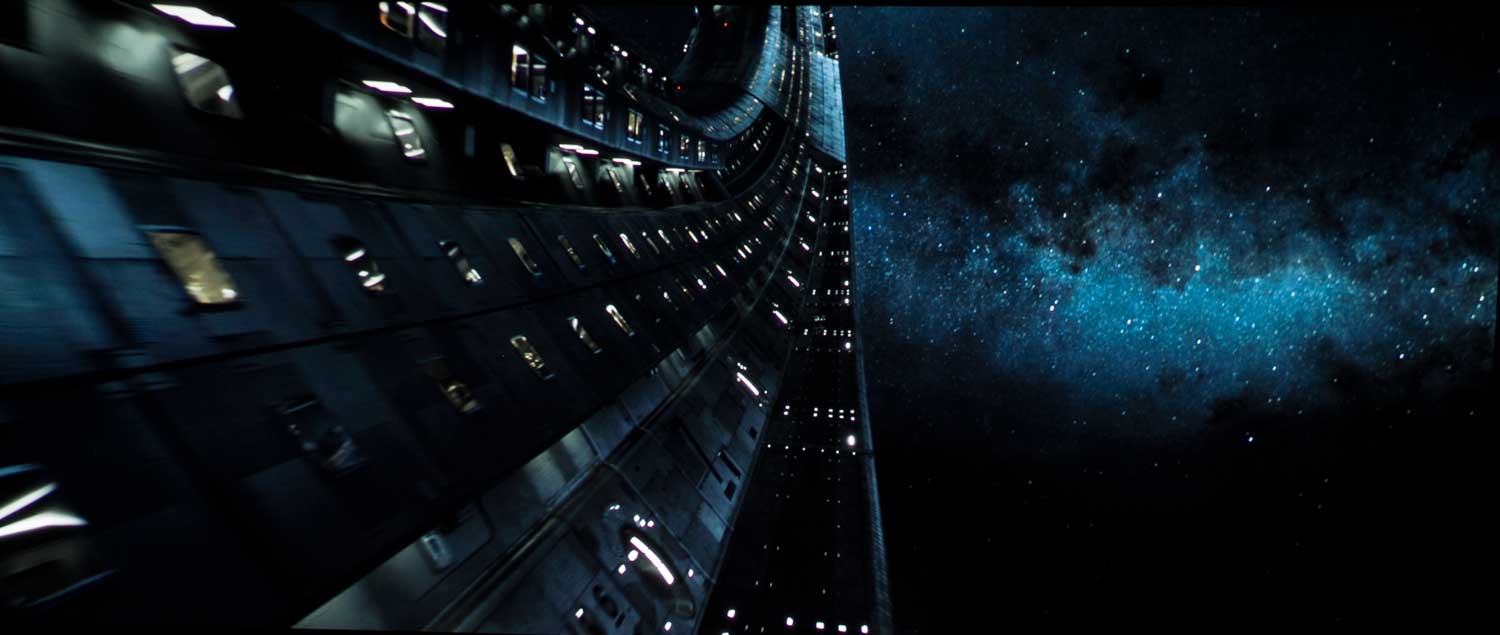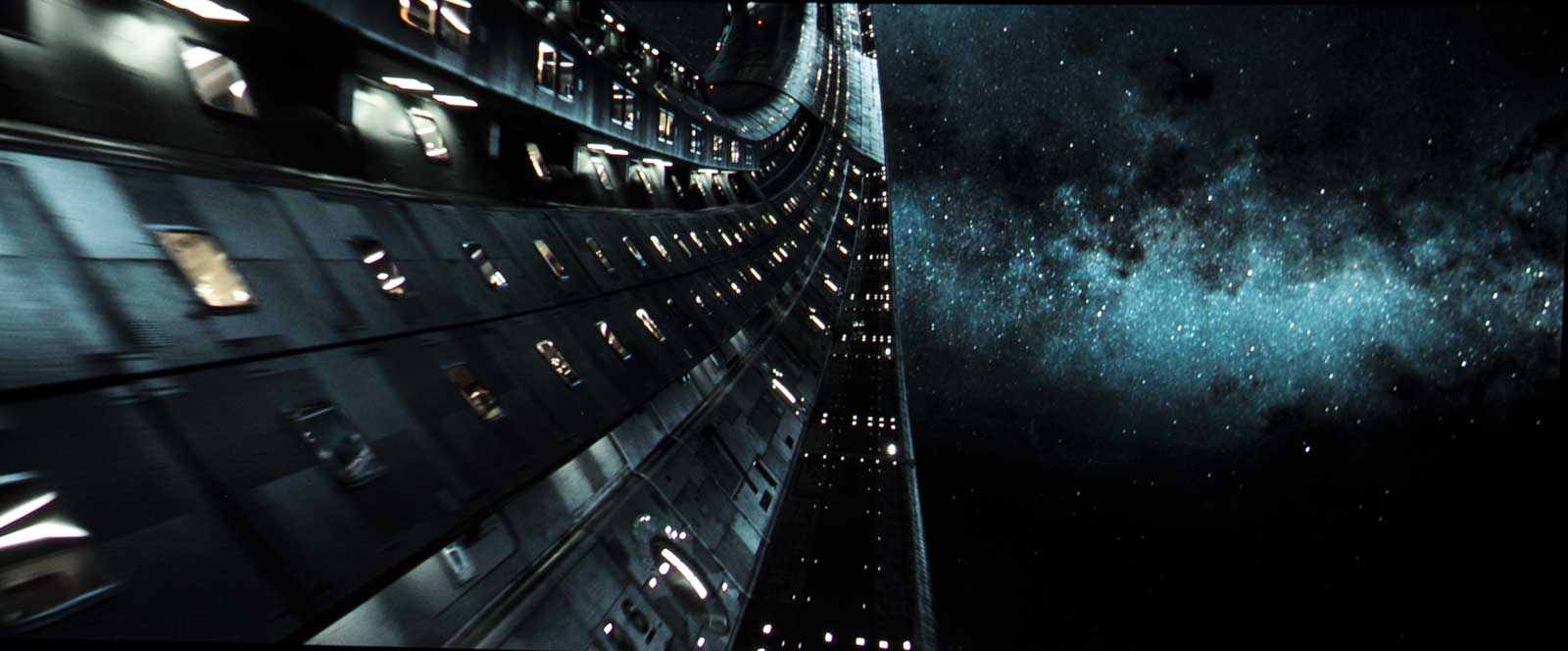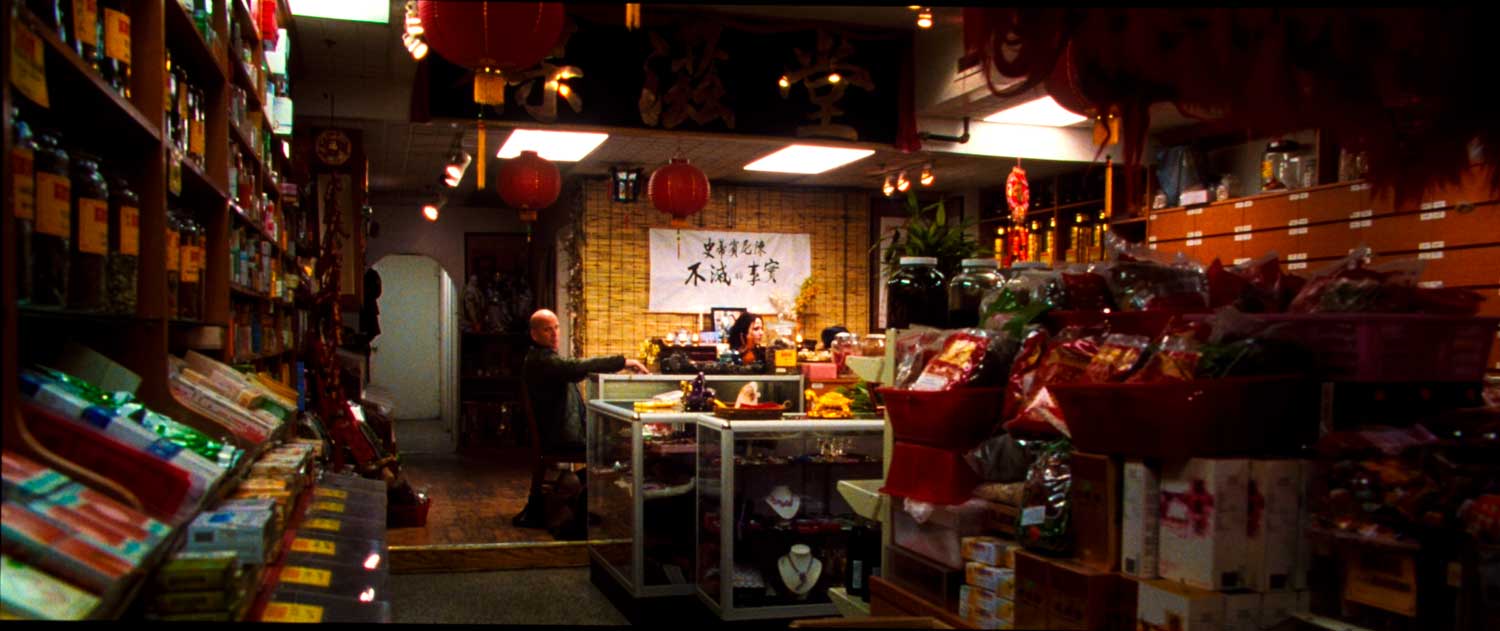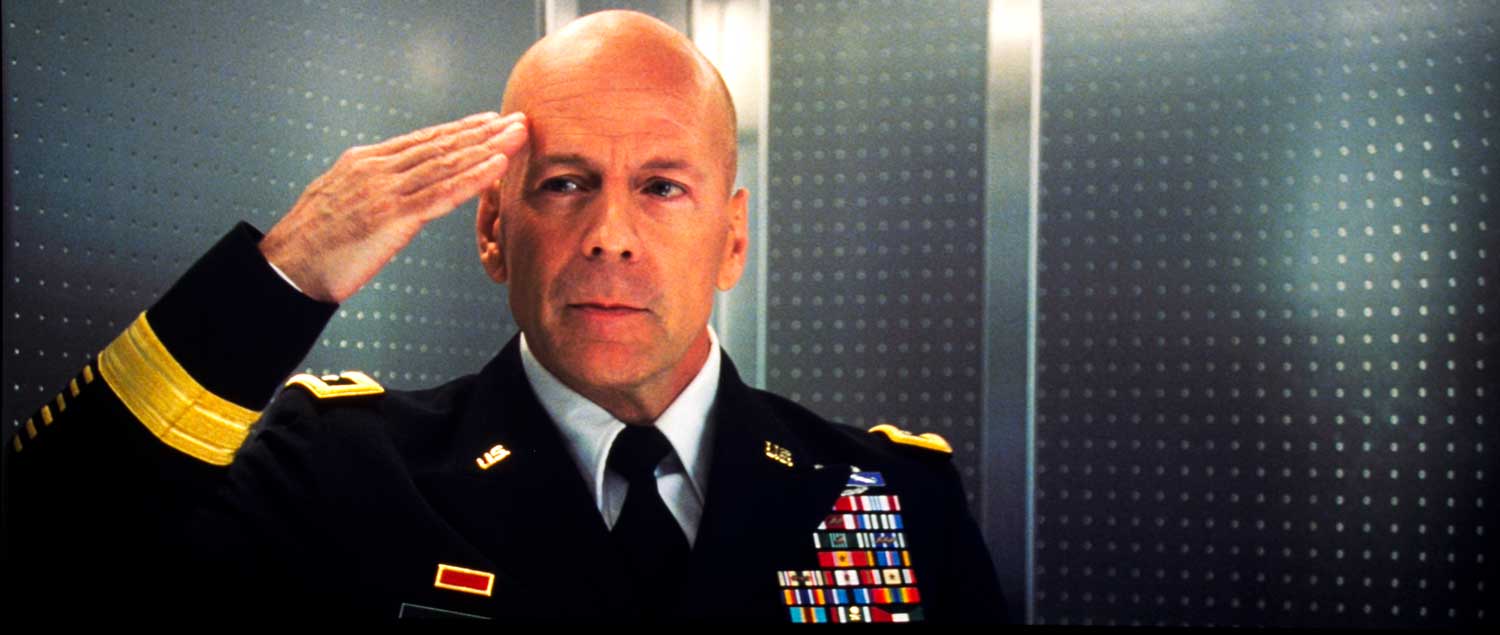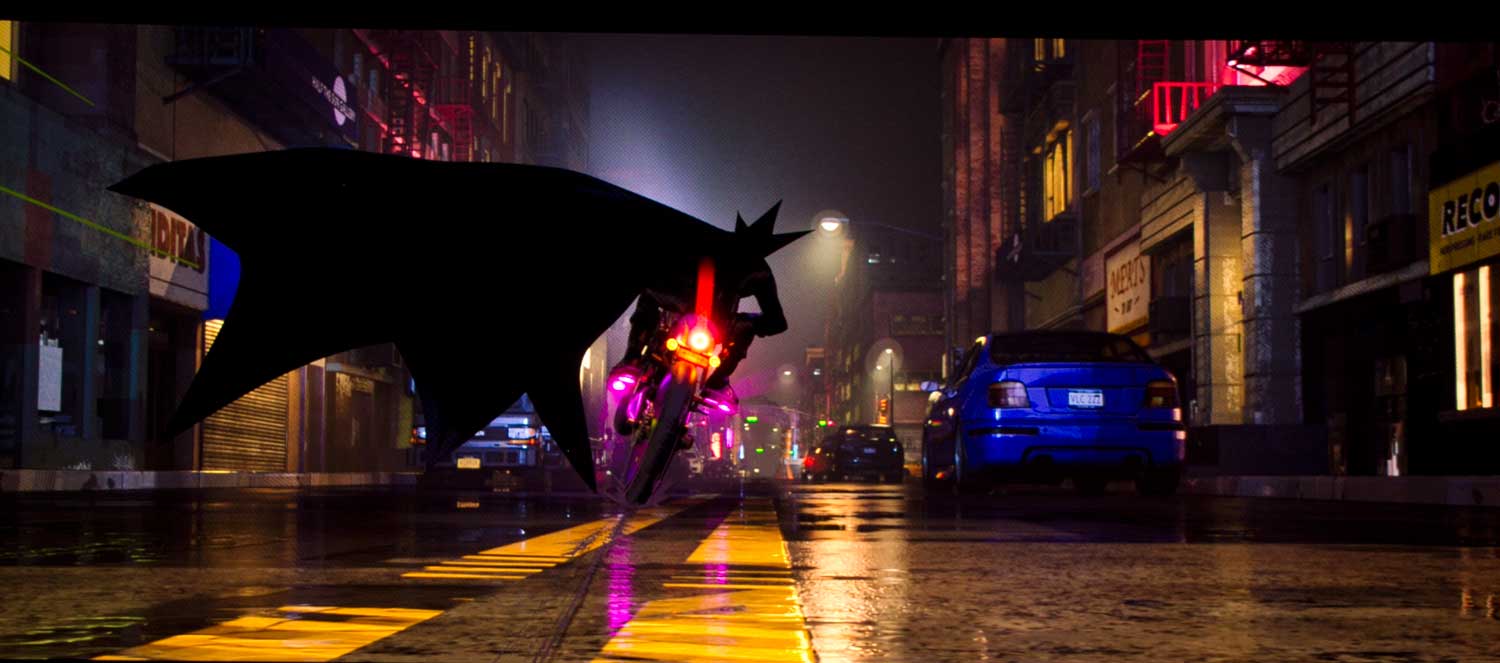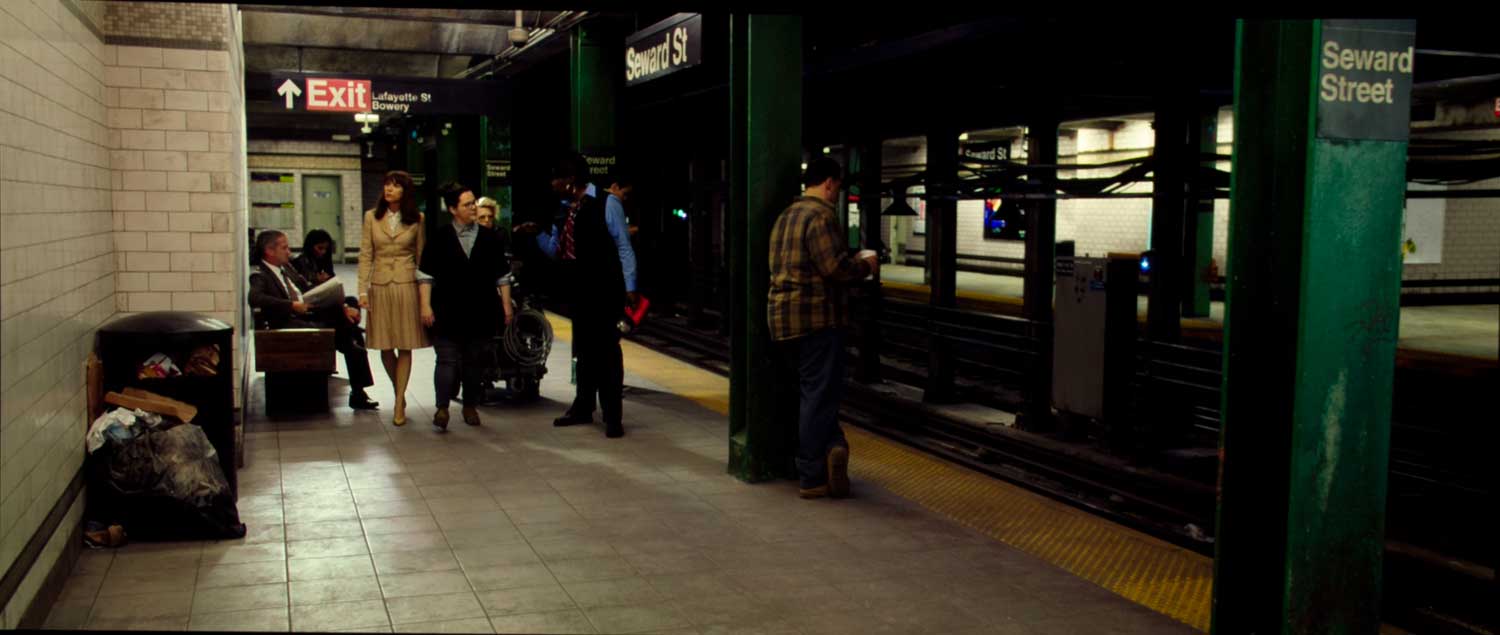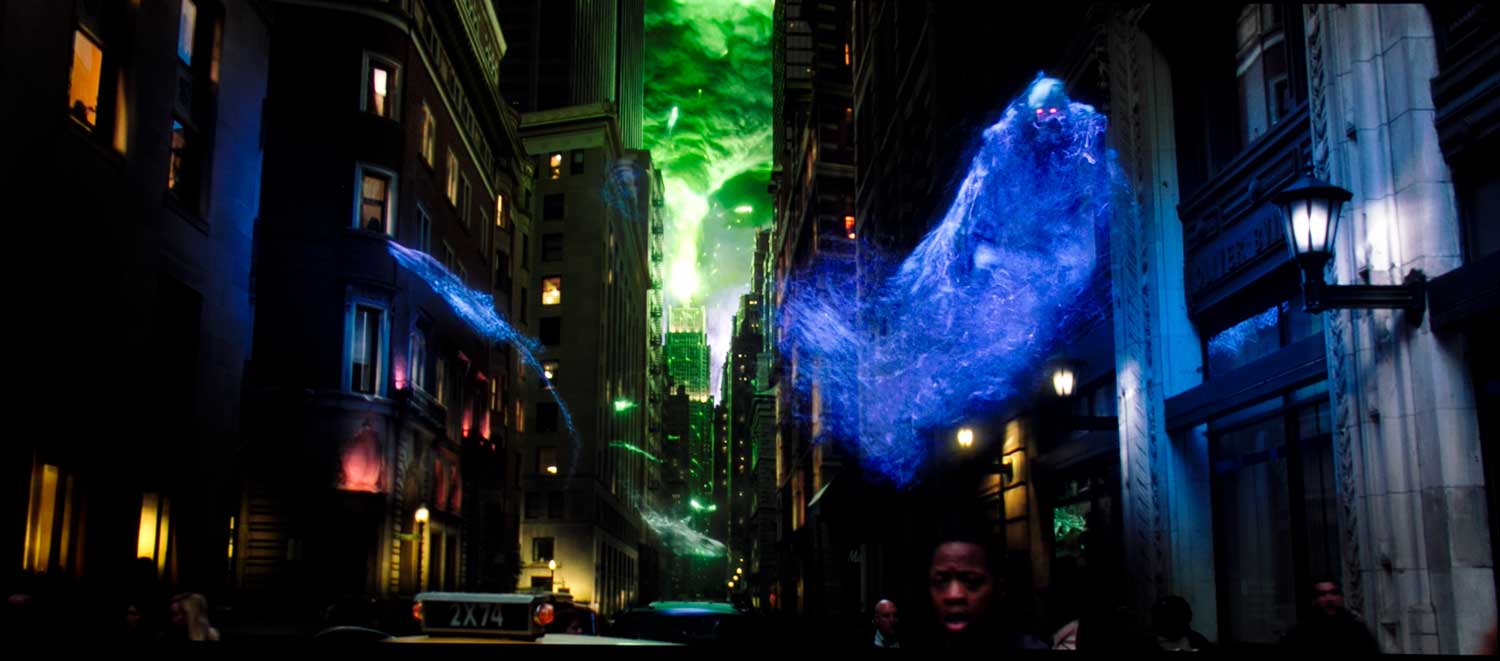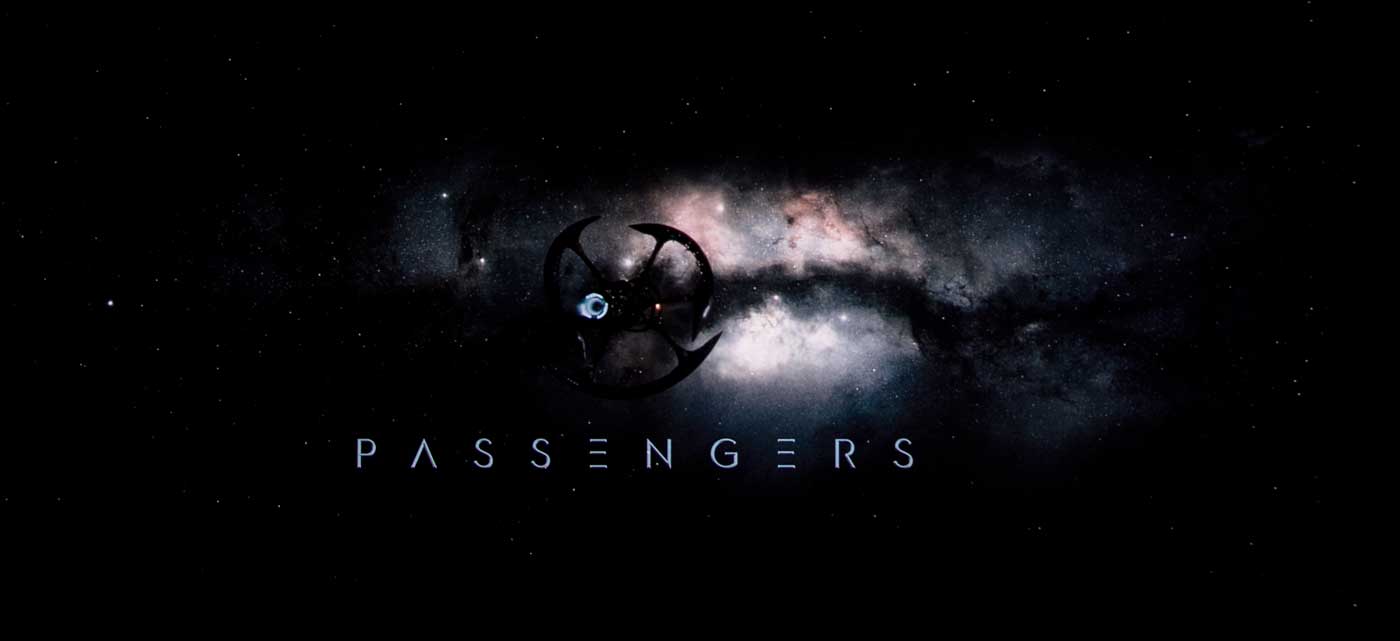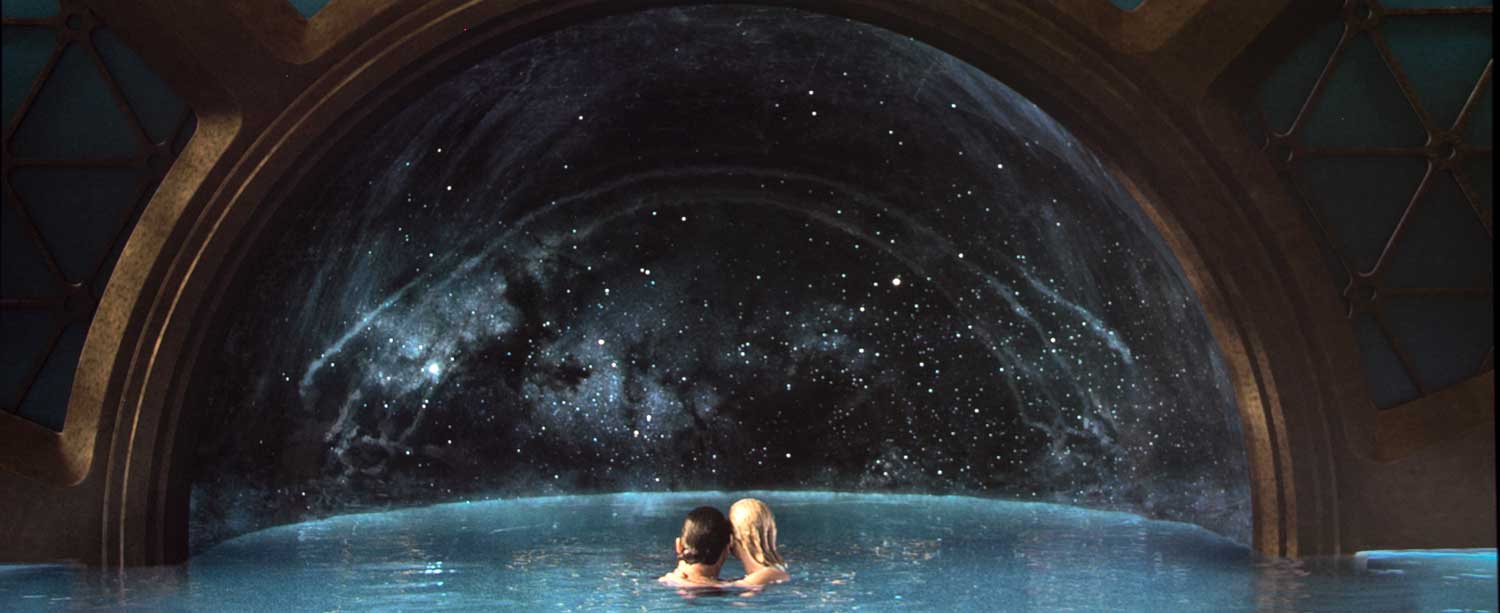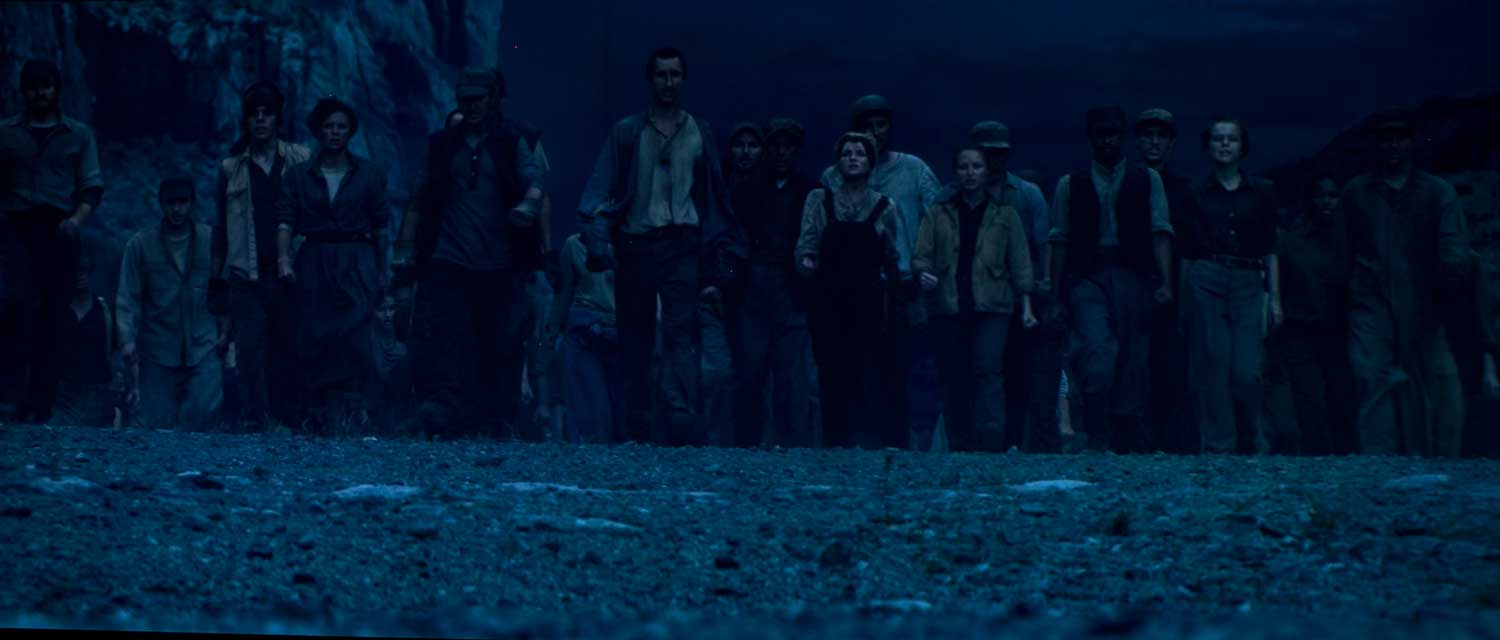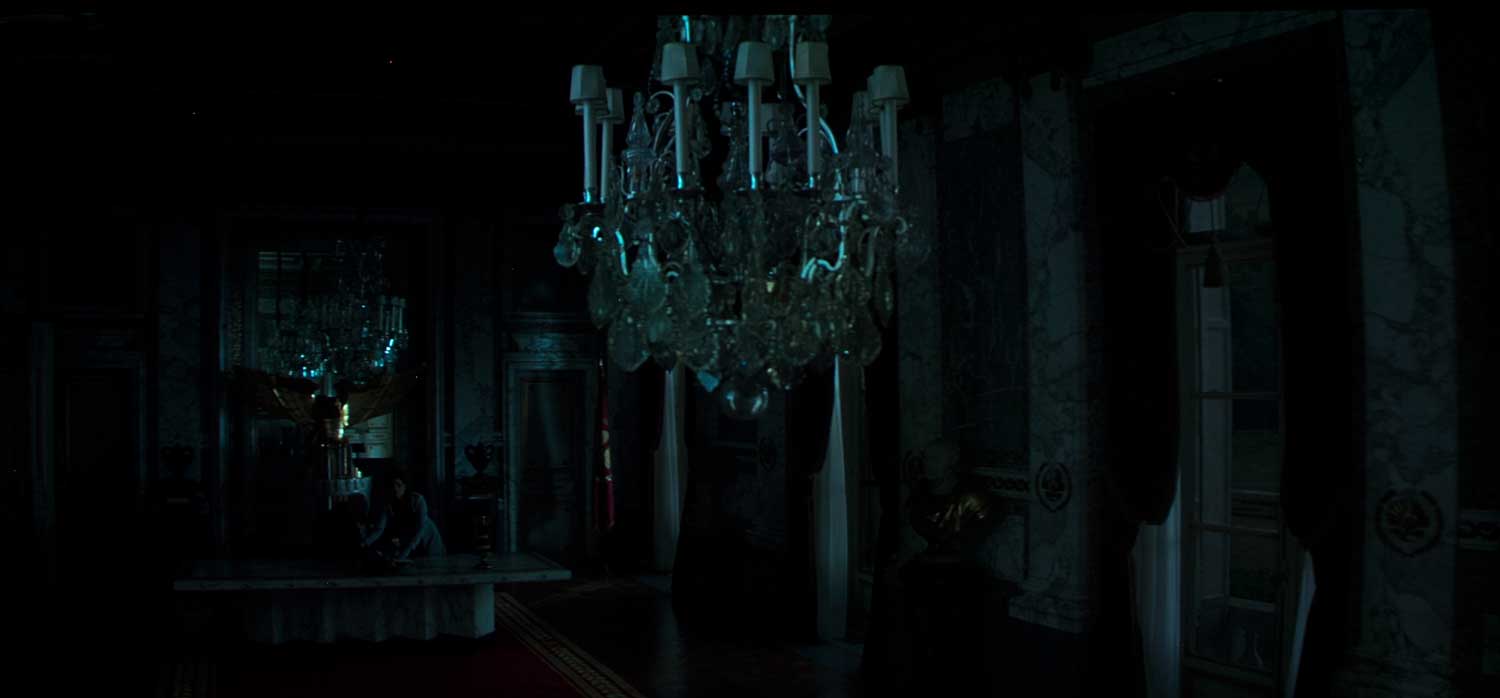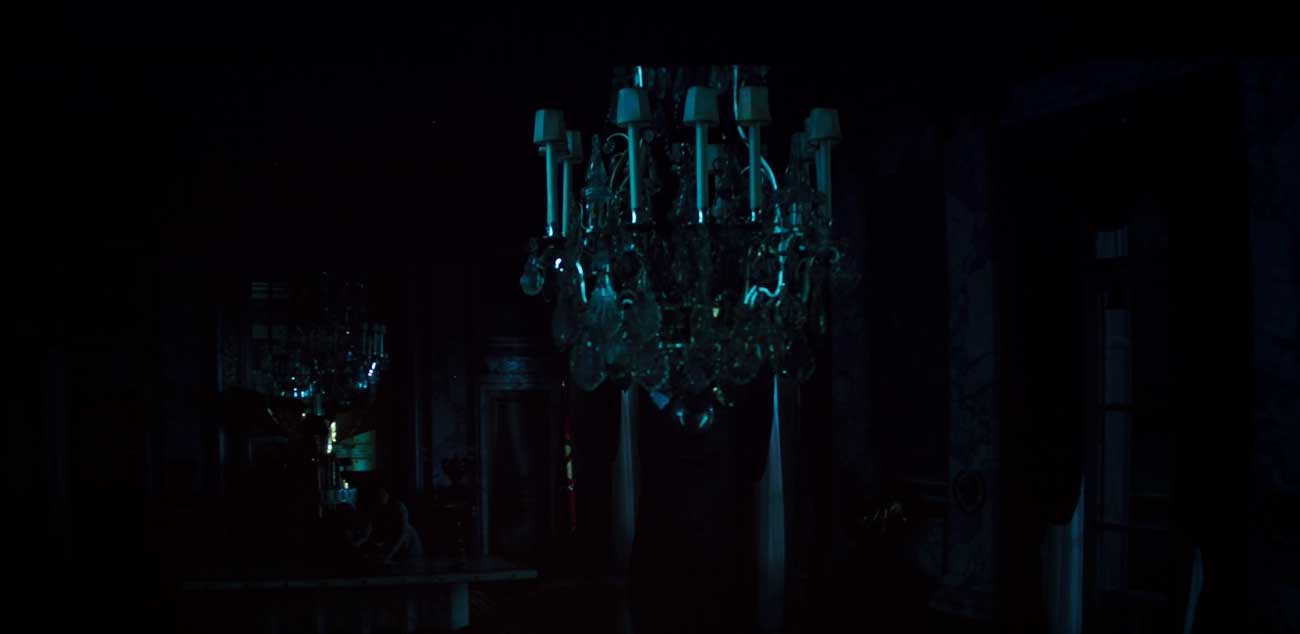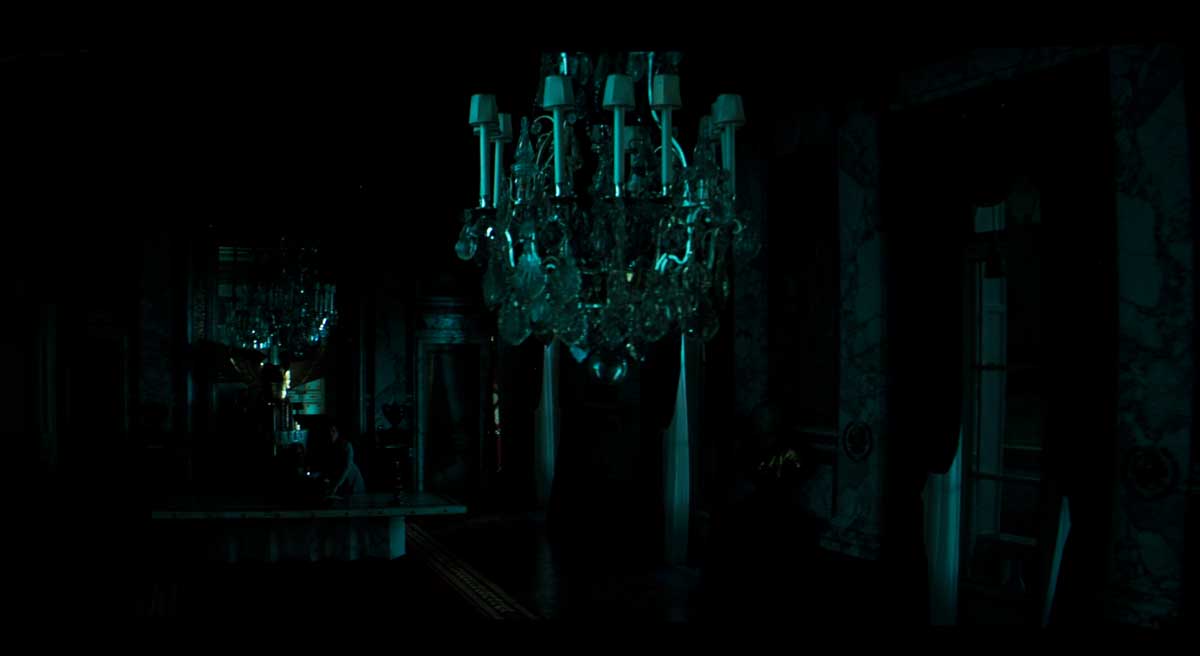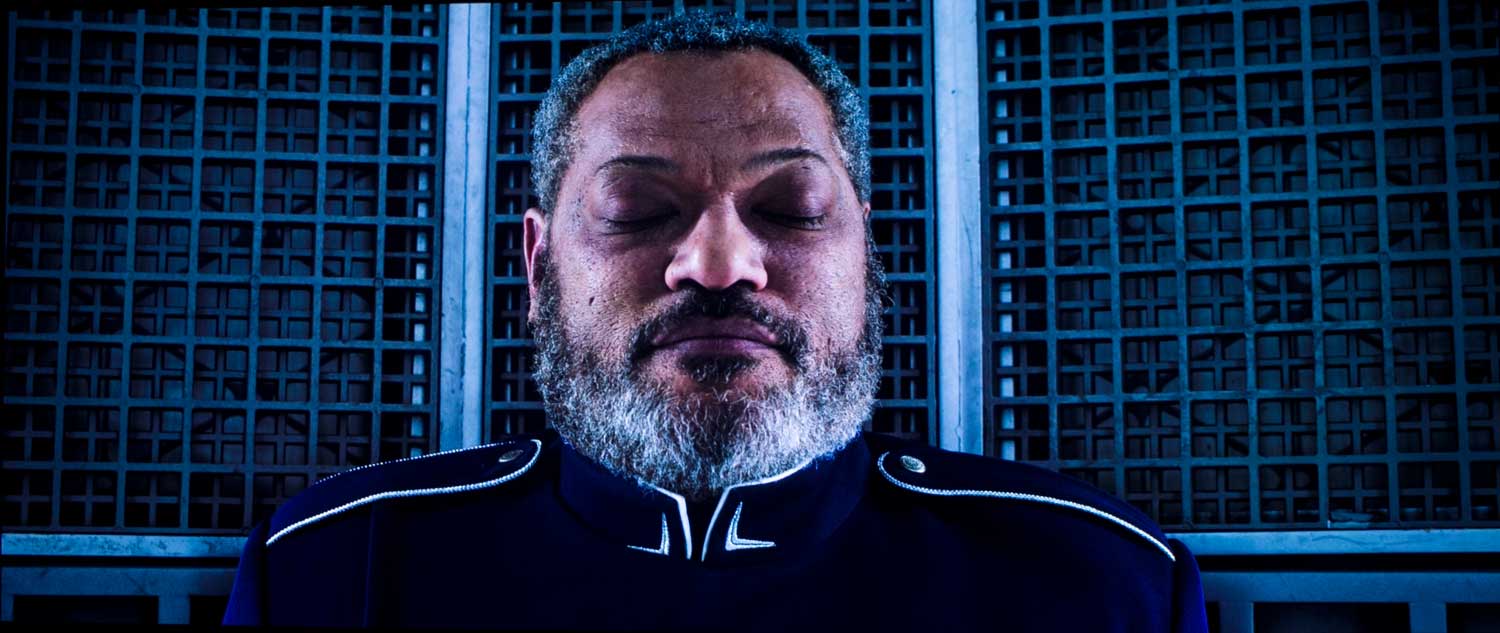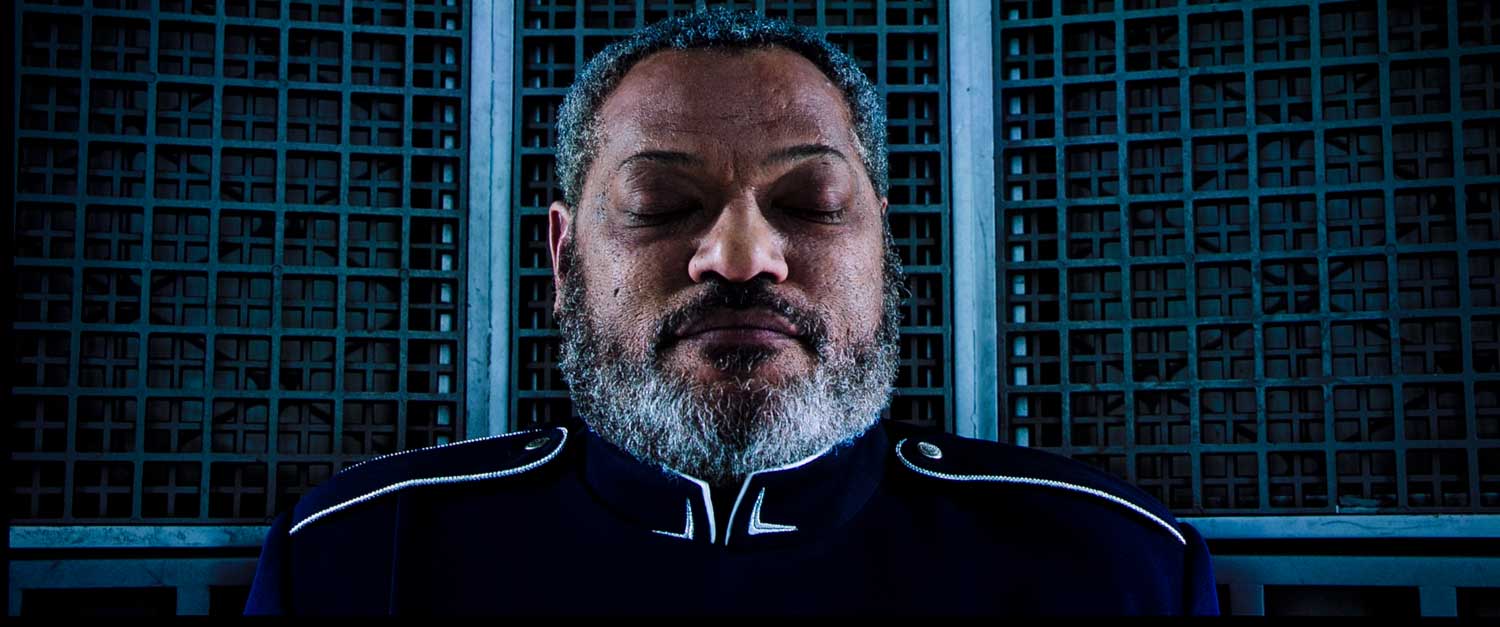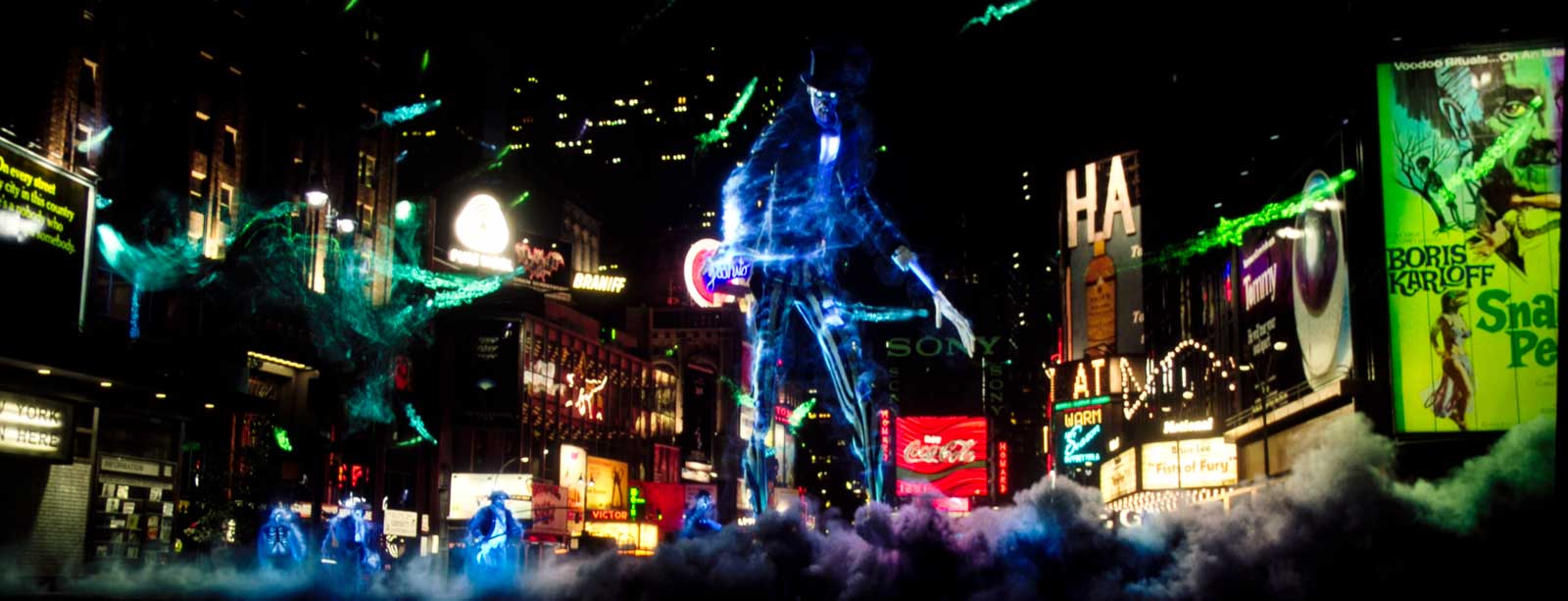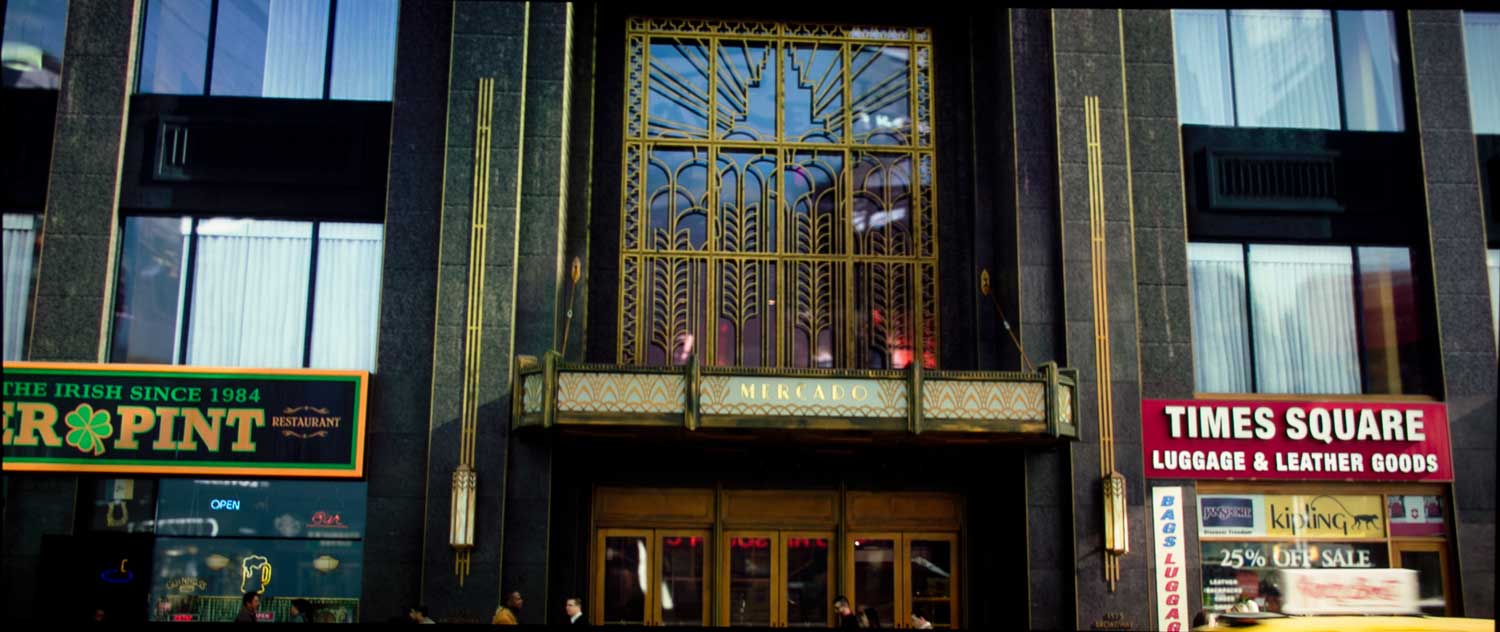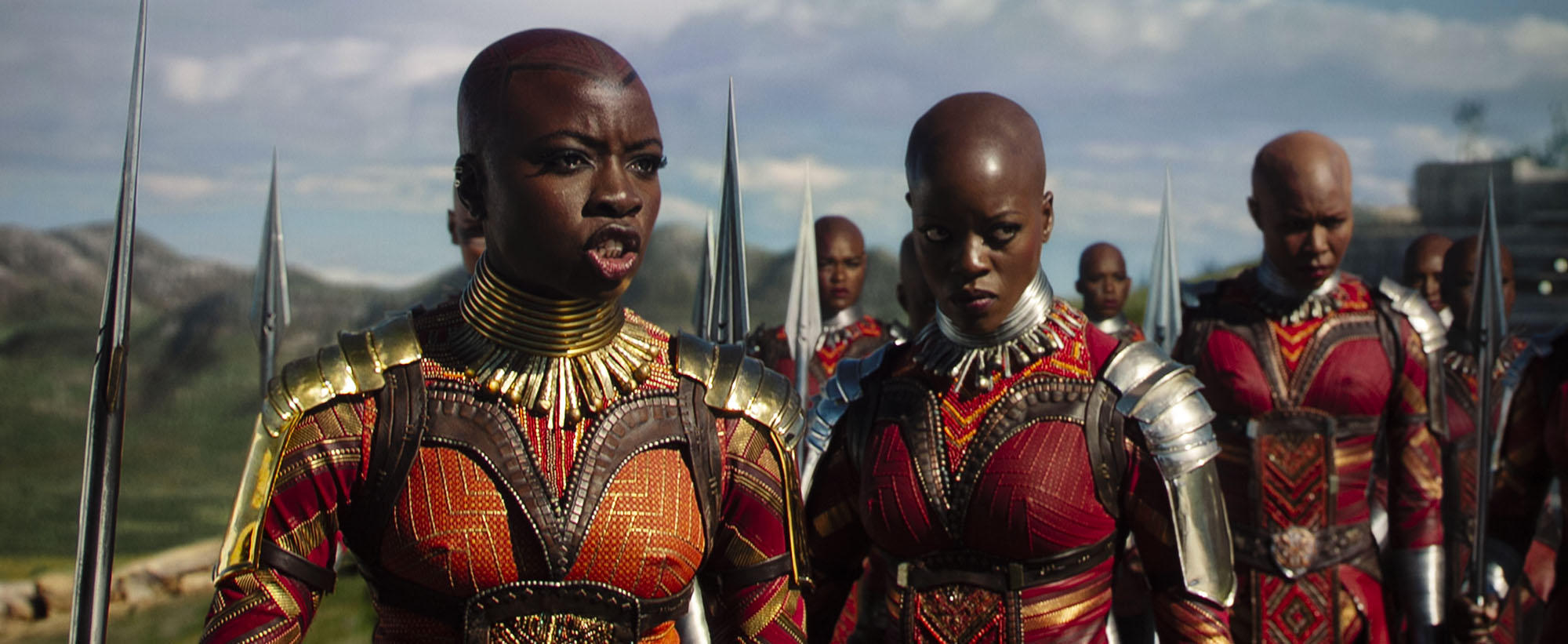The Epson Pro Cinema 6050UB is Epson's new flagship when it comes to picture quality. As I have mentioned, in most ways this 6050UB is identical to the HC5050UB. Unfortunately doing the reviews months apart, I can't really substantiate Epson's claim that the best quality controlled lenses (and other components) end up in the PC6050UB, with the rest going to the HC5050UB, HC4010, and PC4050 projectors. JVC, I might note, has long offered a higher performance/lower performance projector pair at different price points, much as Epson is doing here. Back then I got to test the two JVC's side by side, and the differences were there - not great, but there. I expect the same from the Epson PC6050UB vs HC5050UB.
The two projectors have almost identical color right out of the box. My photos confirm that. Any differences are more likely due to different numbers of hours on the lamps, and the usual slight color temp differences from one lamp to the next.
That out of the box color - is at least, really good! Like with the HC5050UB, the brightest mode – Dynamic – is a bit strong on greens, but not nearly as bad as most projectors in their equivalent brightest modes. More significantly, several modes are reasonably close (brightness wise) to Dynamic. Natural is down about 30% in brightness, Bright Cinema not far behind, but both Natural and Bright Cinema combine that brightness with some really good color, even with no adjustments.
The UB series and also Epson's HC4010, and PC4050 have a cinema filter built in. That filter, when engaged (Digital Cinema mode), further improves color, allowing these lamp-based projectors to get very, very close to achieving P3 color – which means rivaling the color quality of a commercial movie theater! Engaging the filter does take a toll in brightness as there is a 40% drop going from Bright Cinema to Digital Cinema modes.
Note, we did not calibrate this Pro Cinema 6050UB. I understand, historically how close the HC and PC have to be, so I dropped our "best" 4K HDR/P3 calibration settings from the HC5050UB's review, and put them in user savable memory 1 (of 10).
BTW the Cinema filter in these projectors is one reason why we do two 4K HDR calibrations – Digital Cinema for 4K/HDR with P3 color, and Natural for 4K/HDR, but only REC709 color. Eric calibrated (for the HC5050UB) Digital Cinema for 4K with HDR and P3 (with 50% larger color space than REC709), which we call our “Best” 4K mode – and also calibrated Natural mode – let’s call that “Brightest” 4K mode (which like Bright Cinema mode does not use the Cinema filter). That way, depending on your environment, screen, etc., you have the choice: When you need more brightness – use our “Brightest” 4K mode (Natural), and when things are really dark in your room, enjoy the slightly better color with the Epson PC6050UB’s “Best” 4K mode.
In a perfect world, of course you turn on a projector (or TV) and watch it. You don't change modes normally. Ideally one should be able to get the best color with one calibration. But with projectors, where folks want the best possible performance for their purpose (sports - lights on, movies, dark room, etc.), it makes sense to choose a mode that is most suitable.
I took several photos from movies (including Passengers), and compared them to the images from the HC5050UB. Close but not quite on the money. The Pro Cinema definitely seems a touch warmer, but that is likely either just lamp variation, or more likely that because Epson slightly changes some of the menu labels: using 6500K, 7000K, 7500K etc. for color temp on the HC5050UB, but uses numbers 1-8 for color temp on the PC. Mostly all I really needed to do was set the color temp on the Pro Cinema up one number to be even closer overall, but I stuck with the one I thought should be closest in warmth originally.
Bottom Line on Out of the Box Picture Quality: The Pro Cinema 6050UB, just like its sibling does really impressive color, right out of the box. While calibrating this projector is always a good idea - best picture, most folks will be thrilled with the basic out of the box performance

